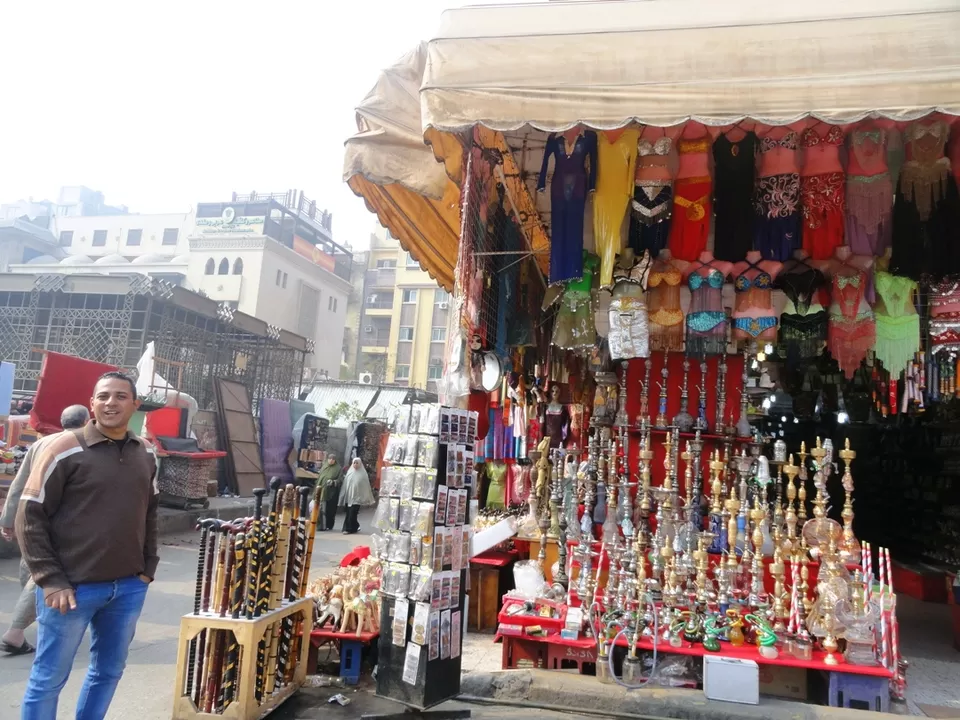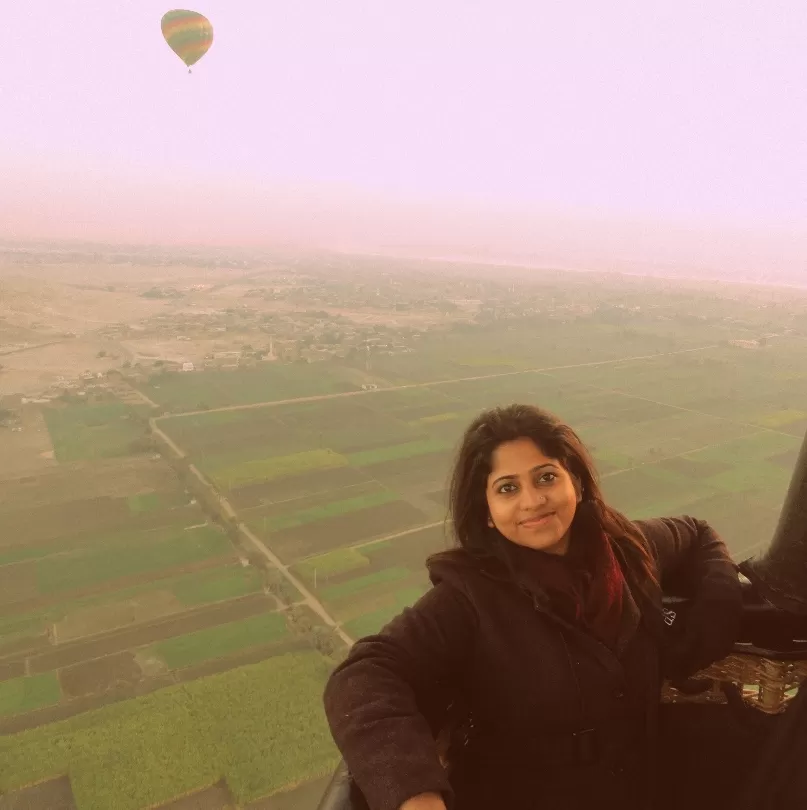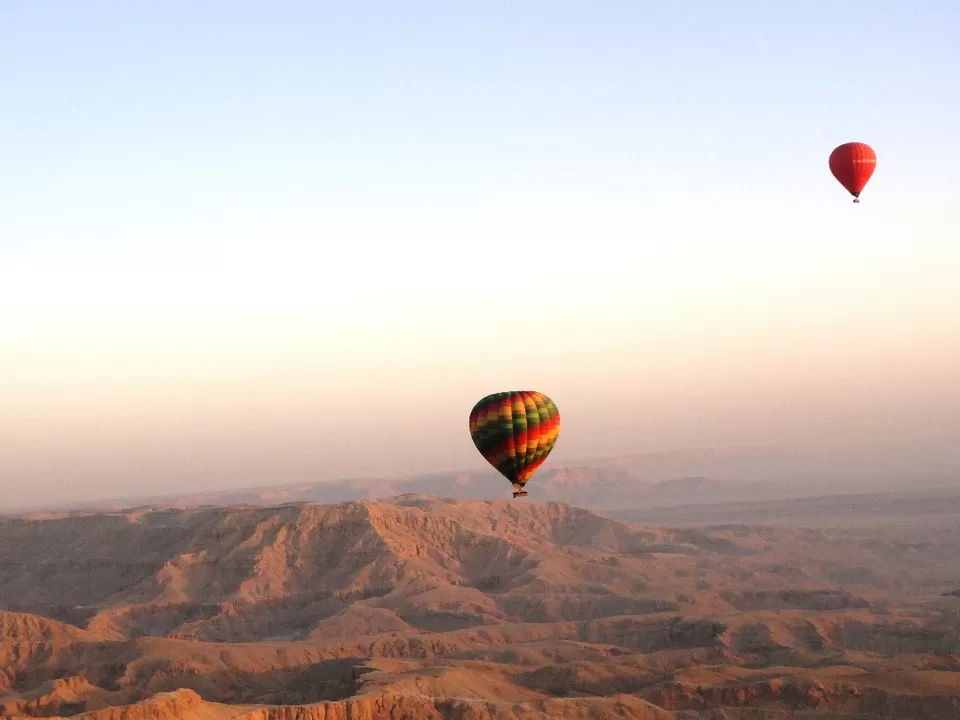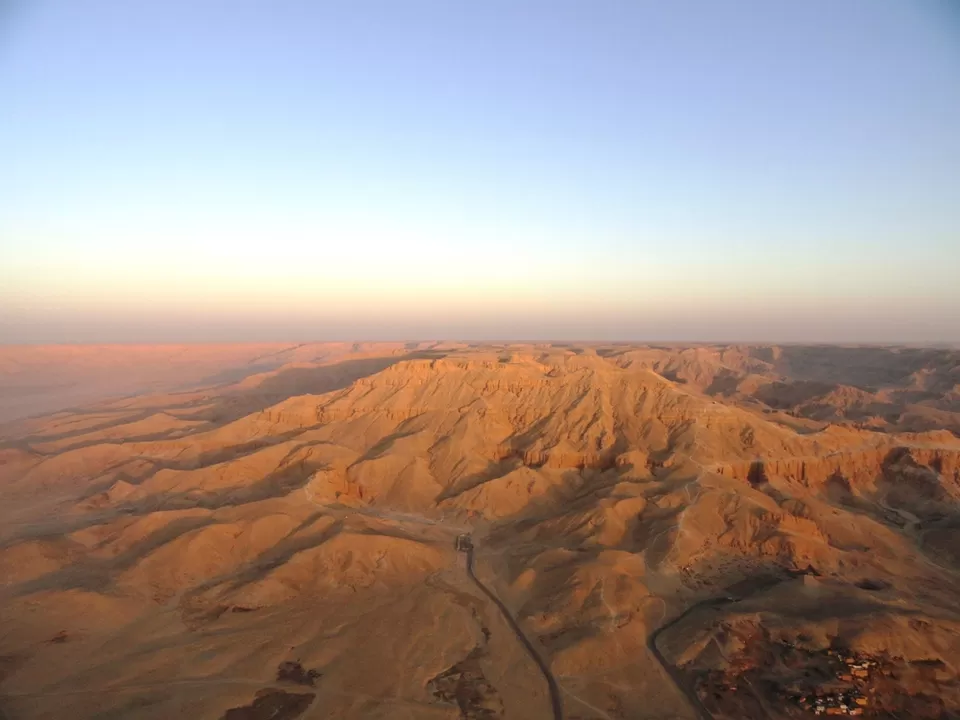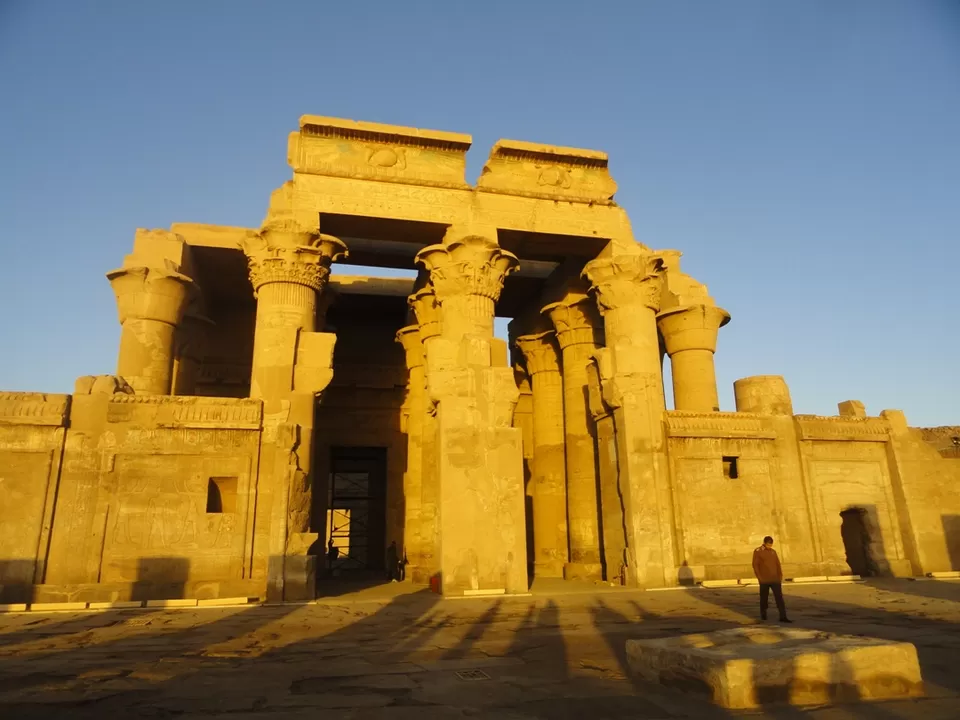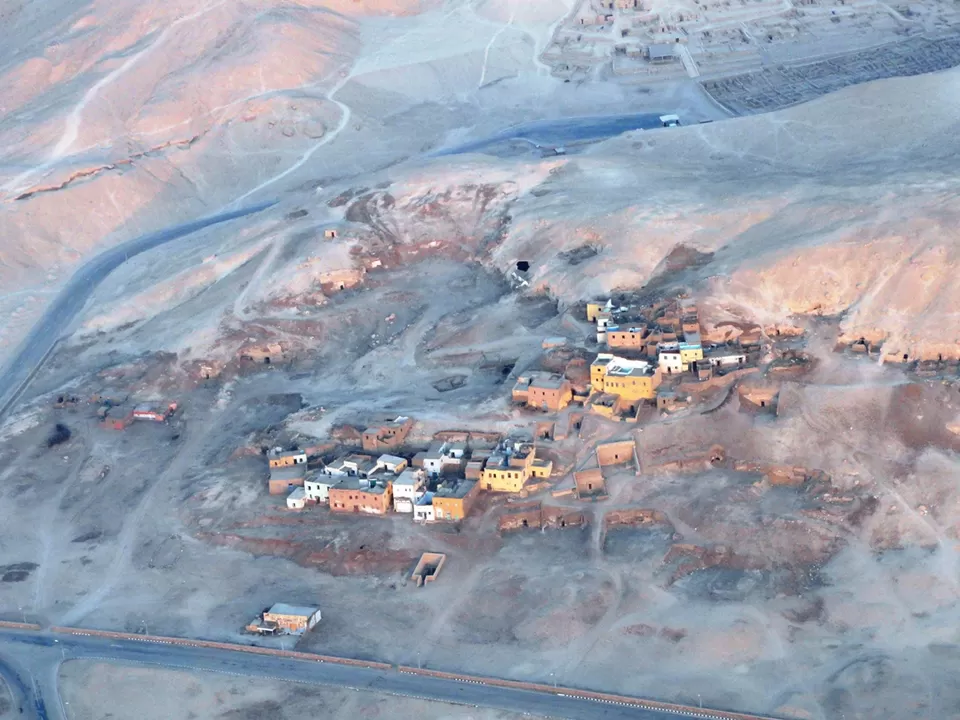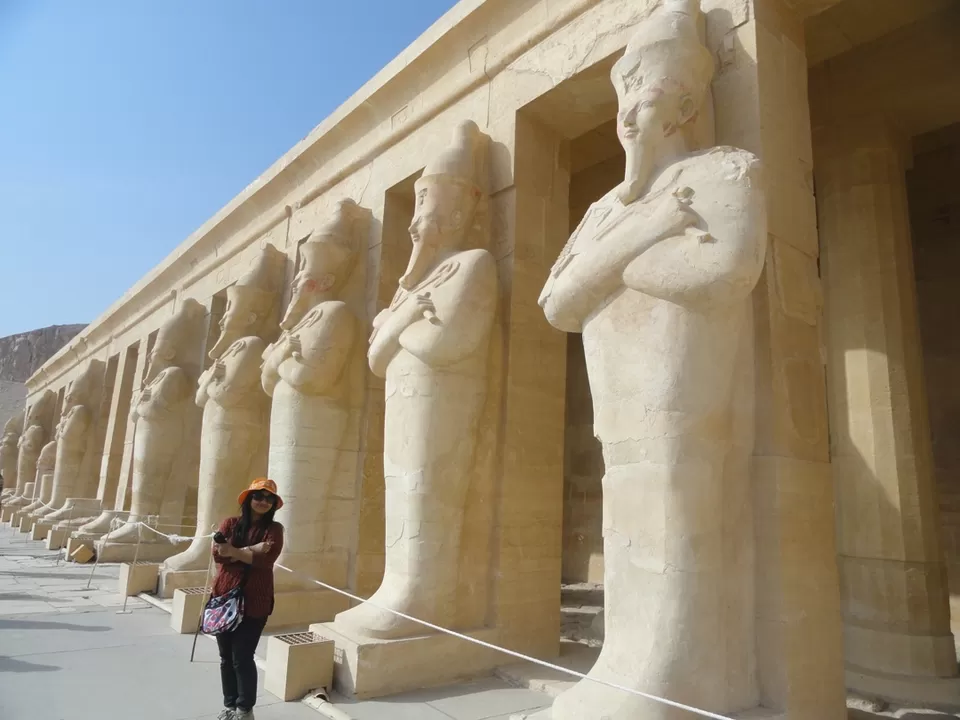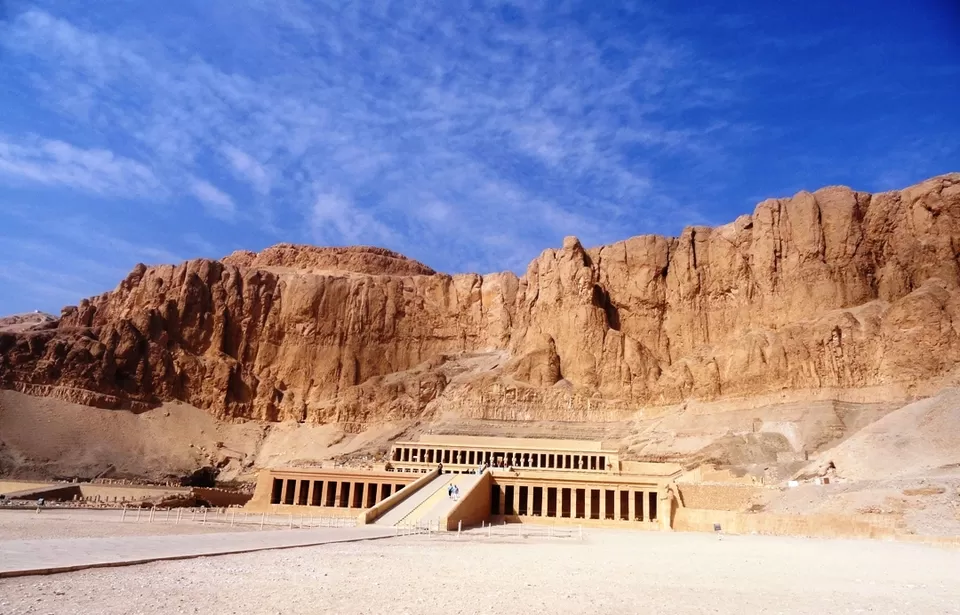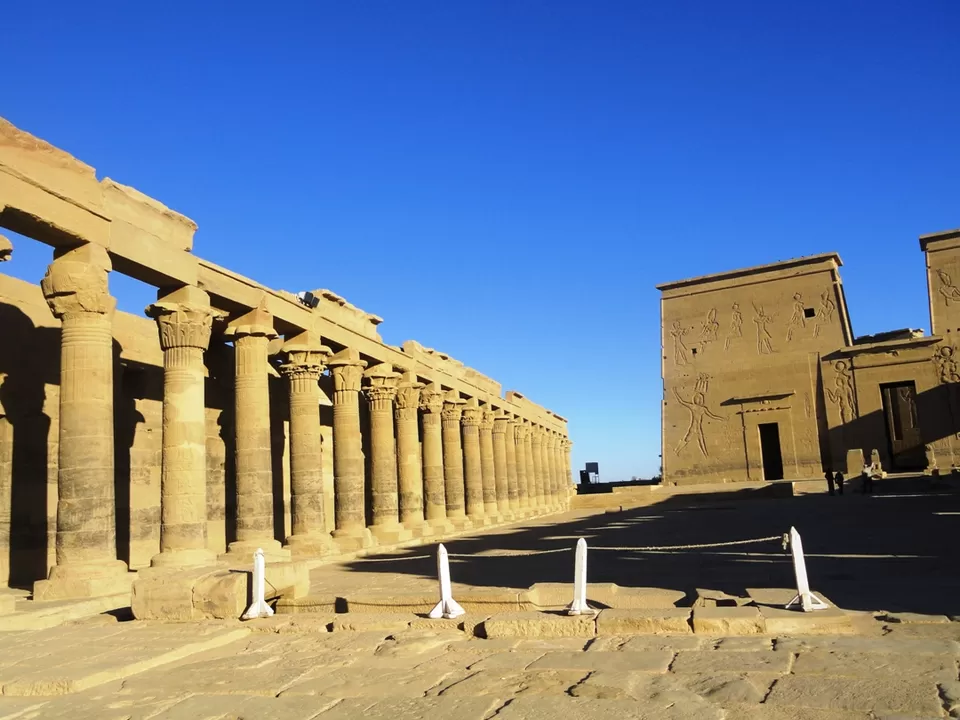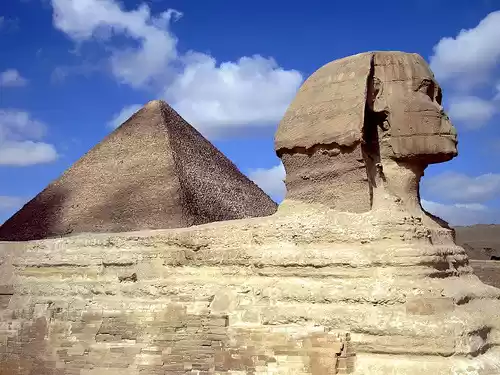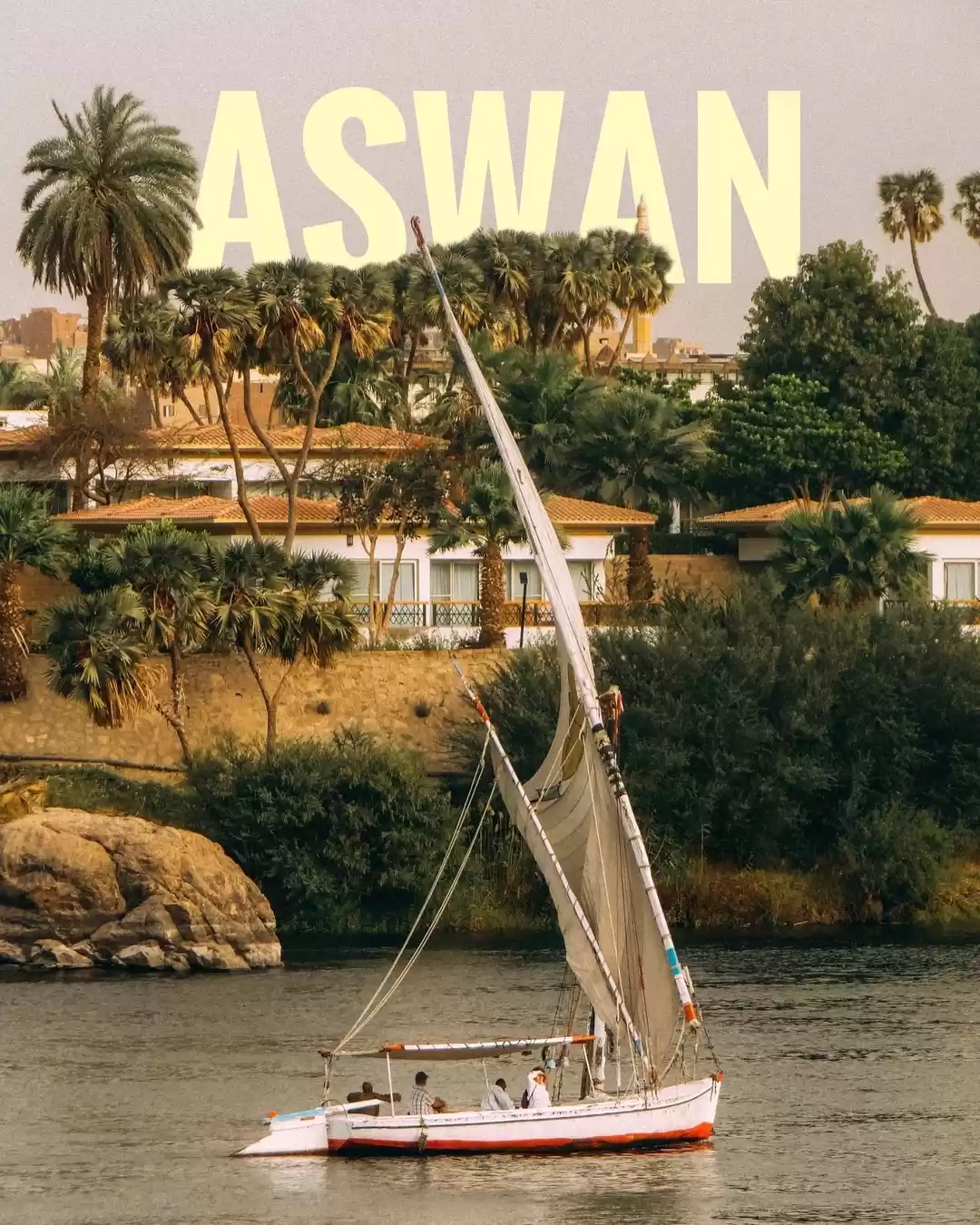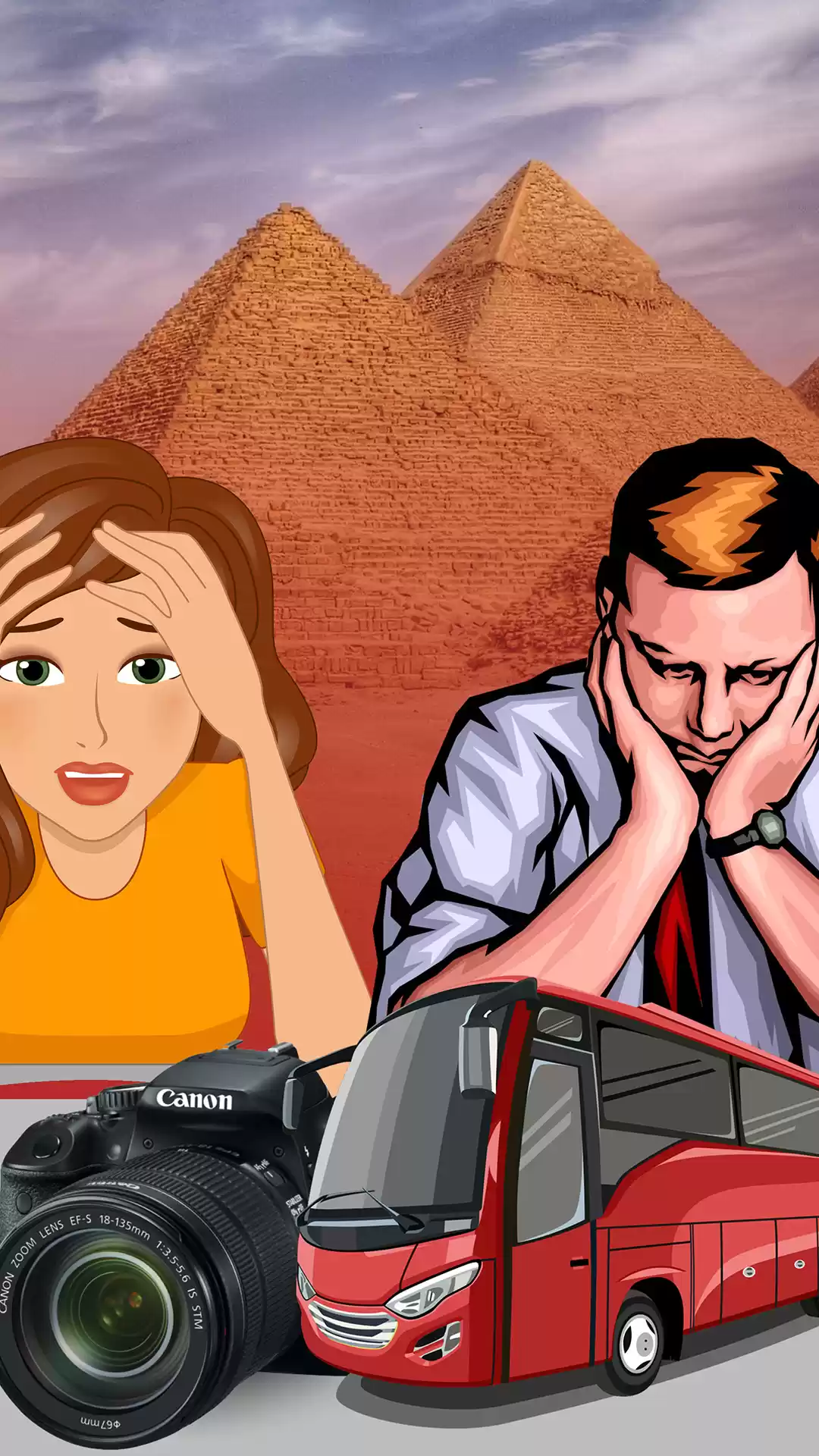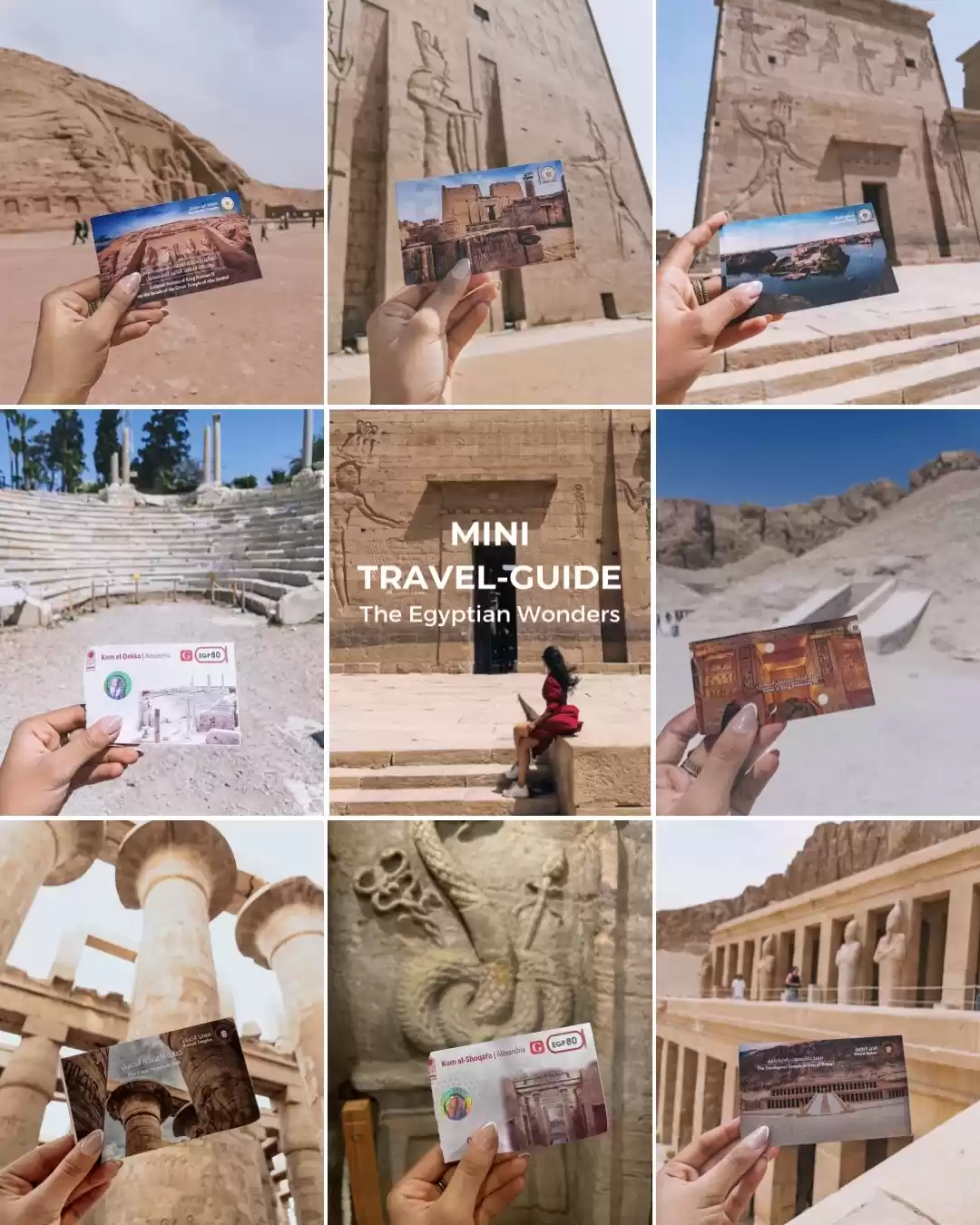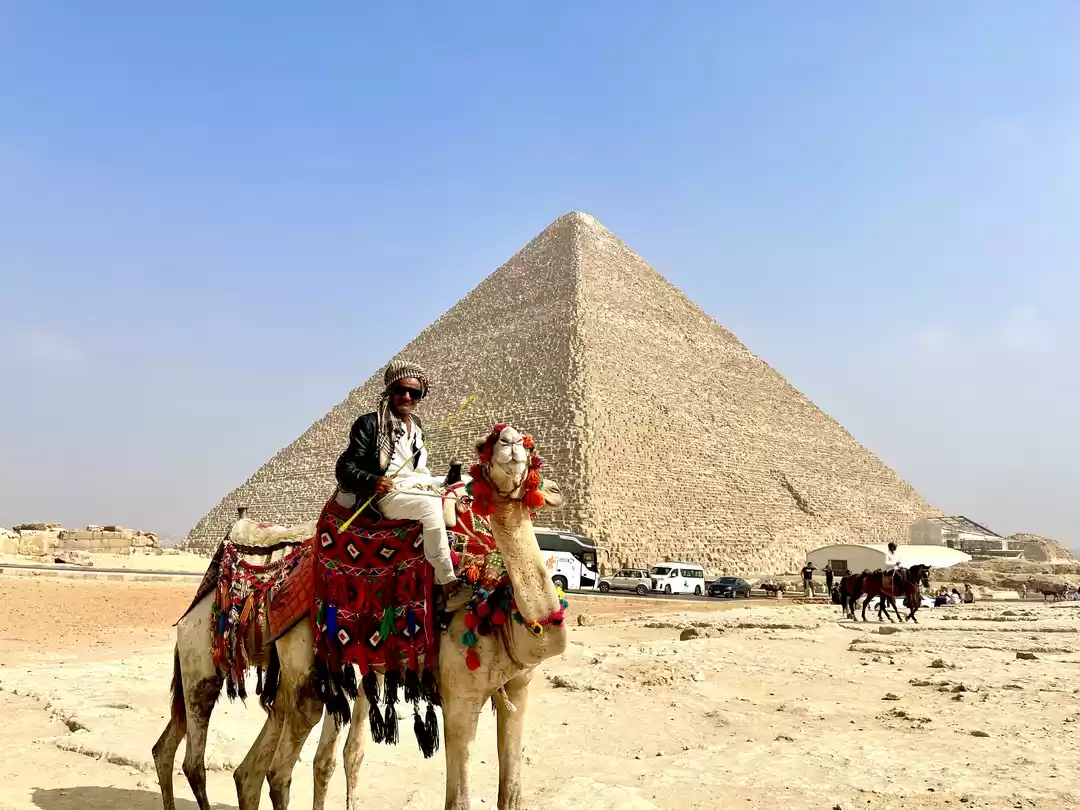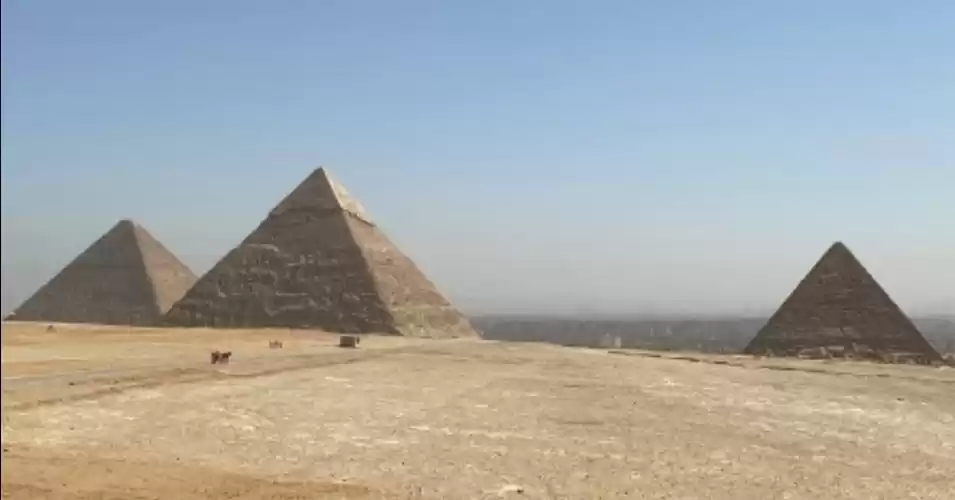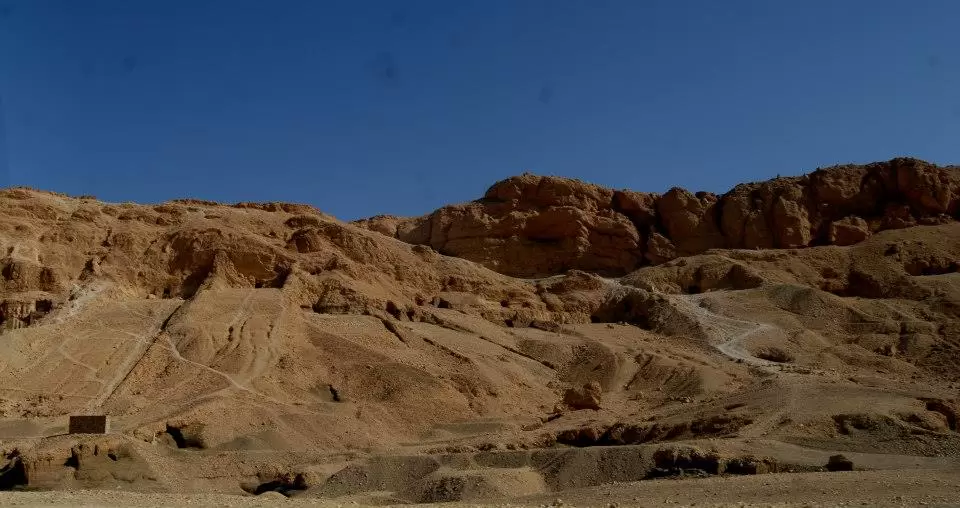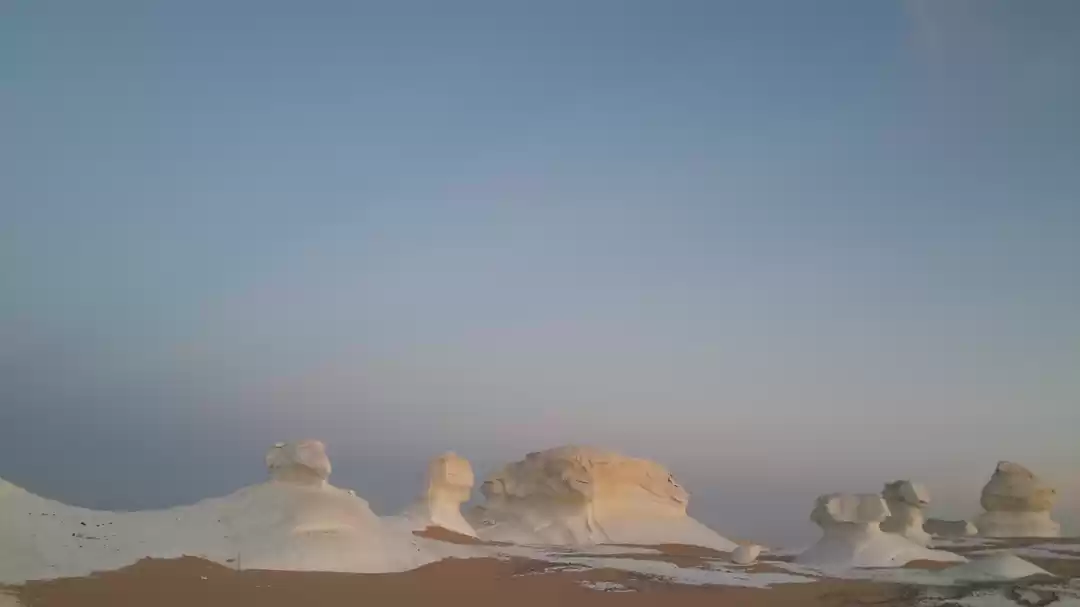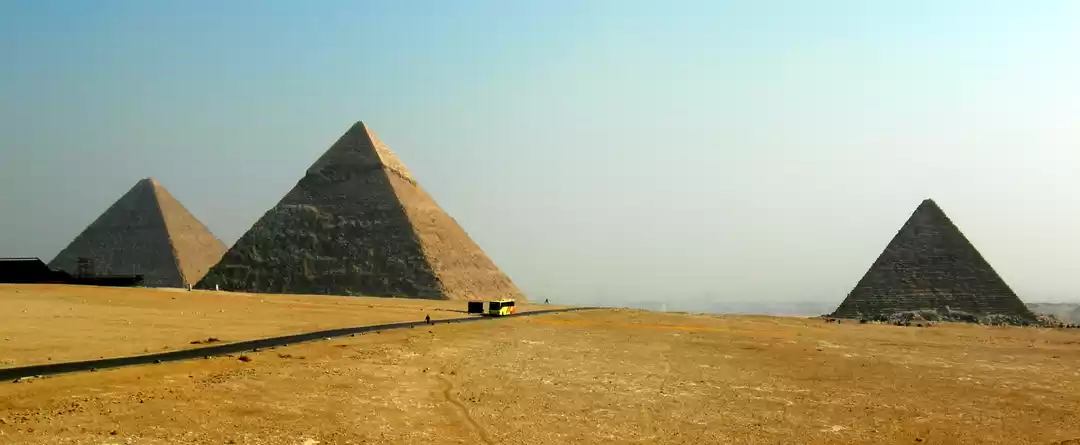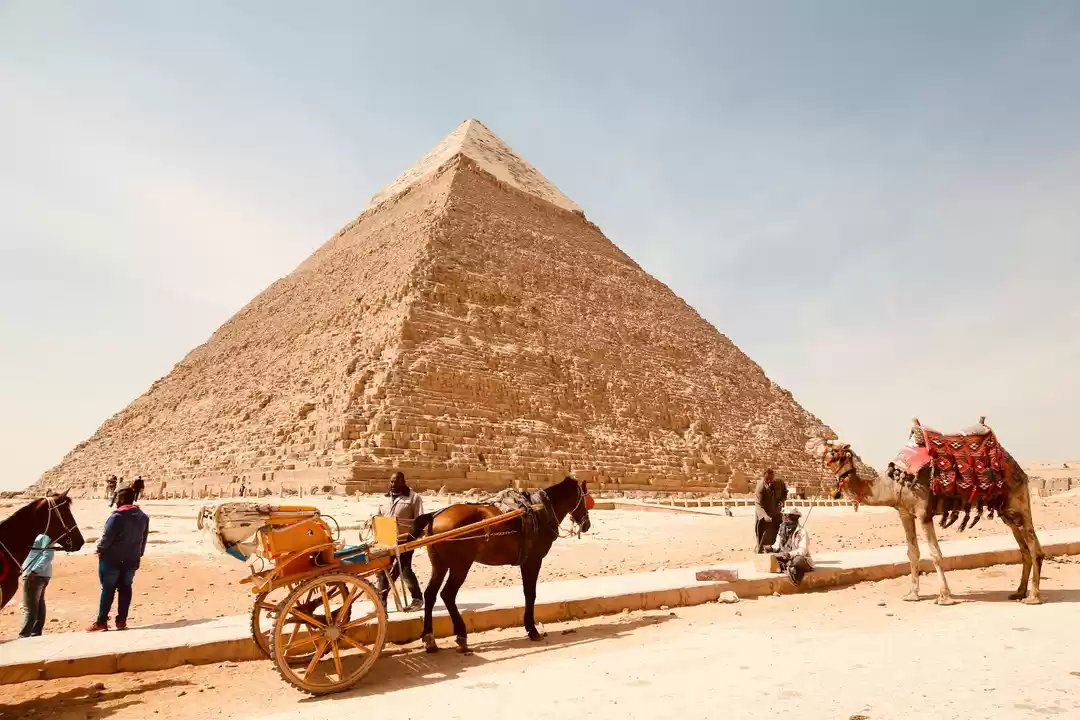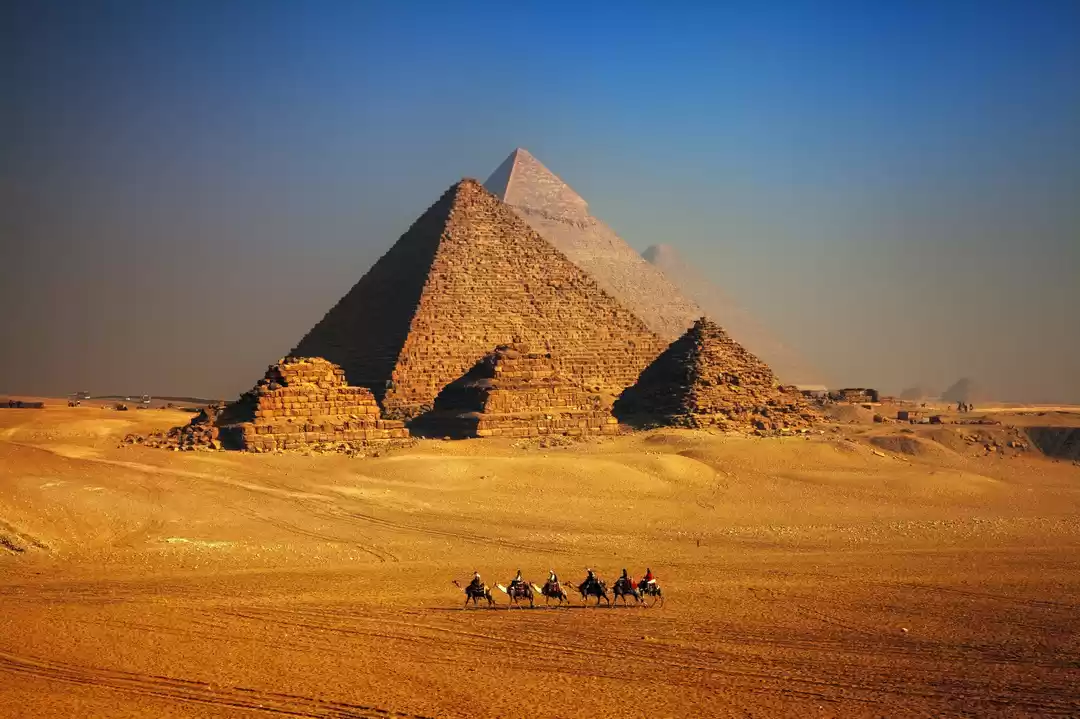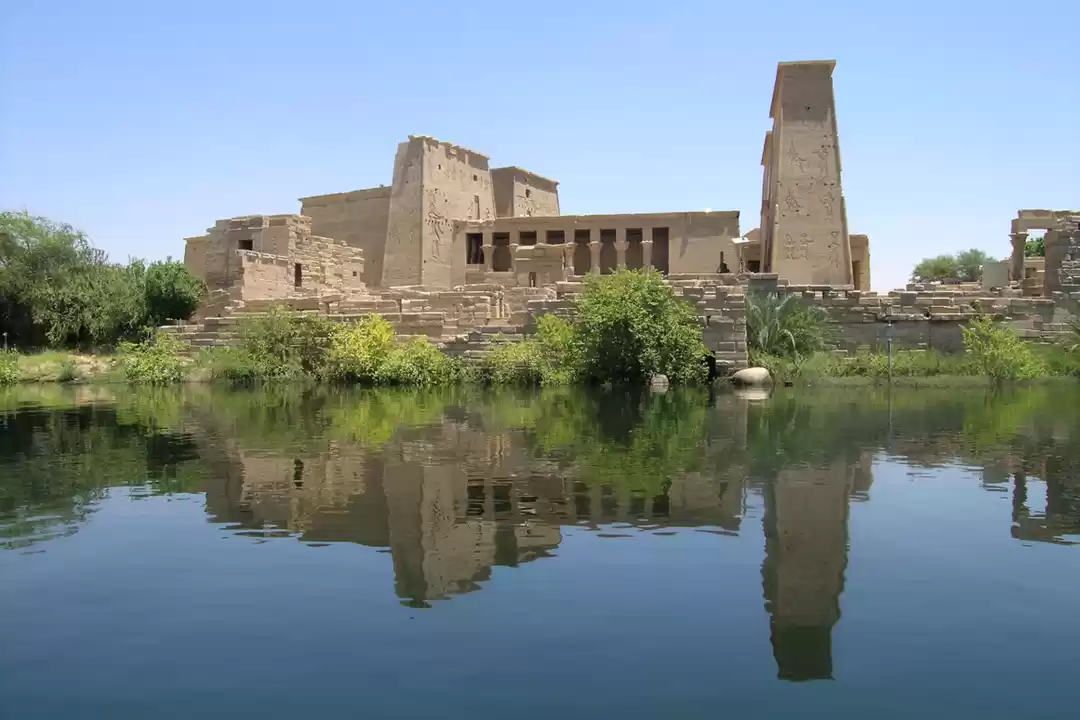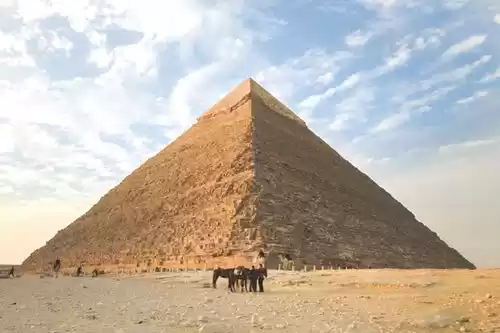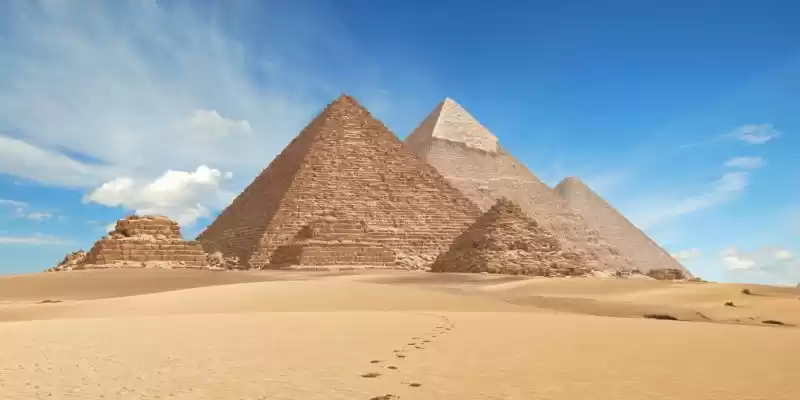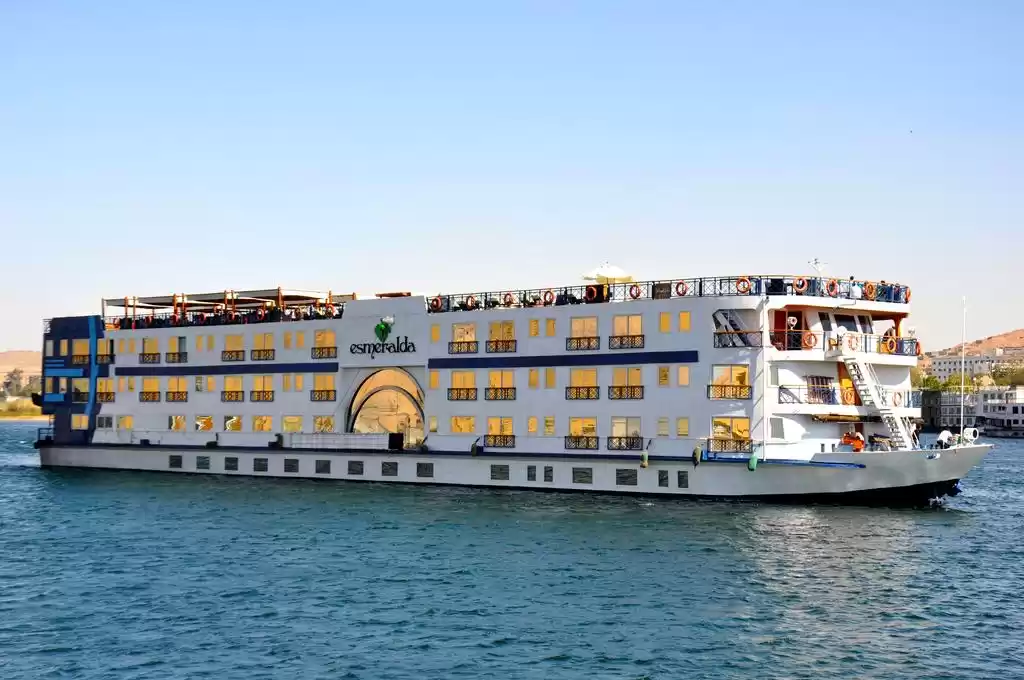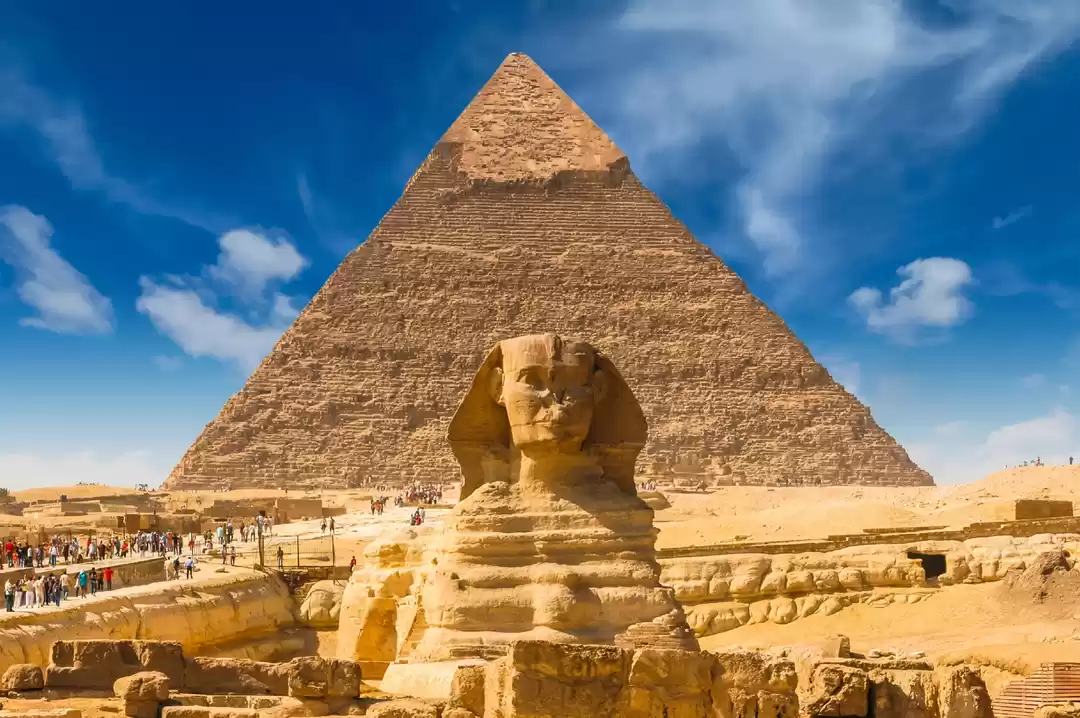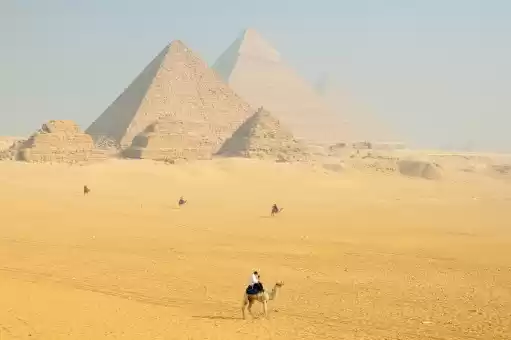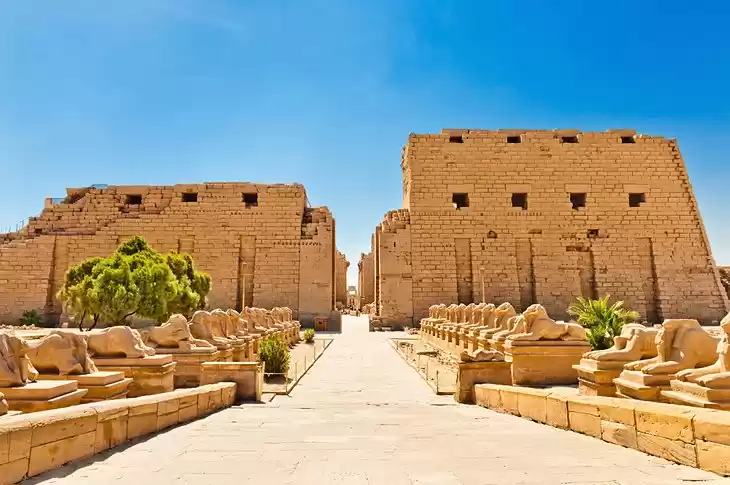








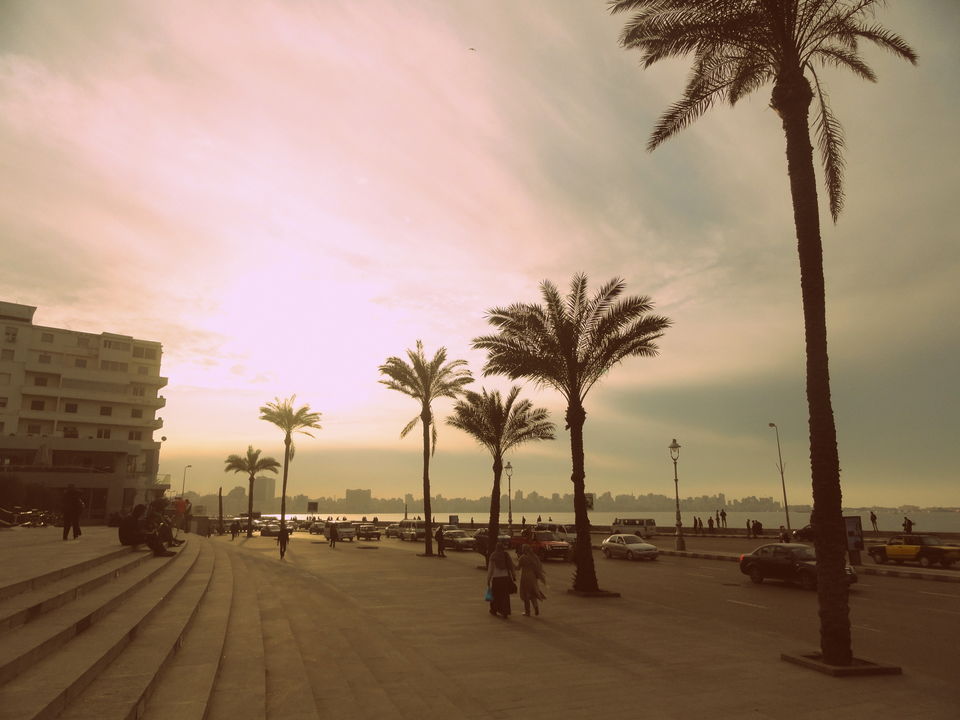
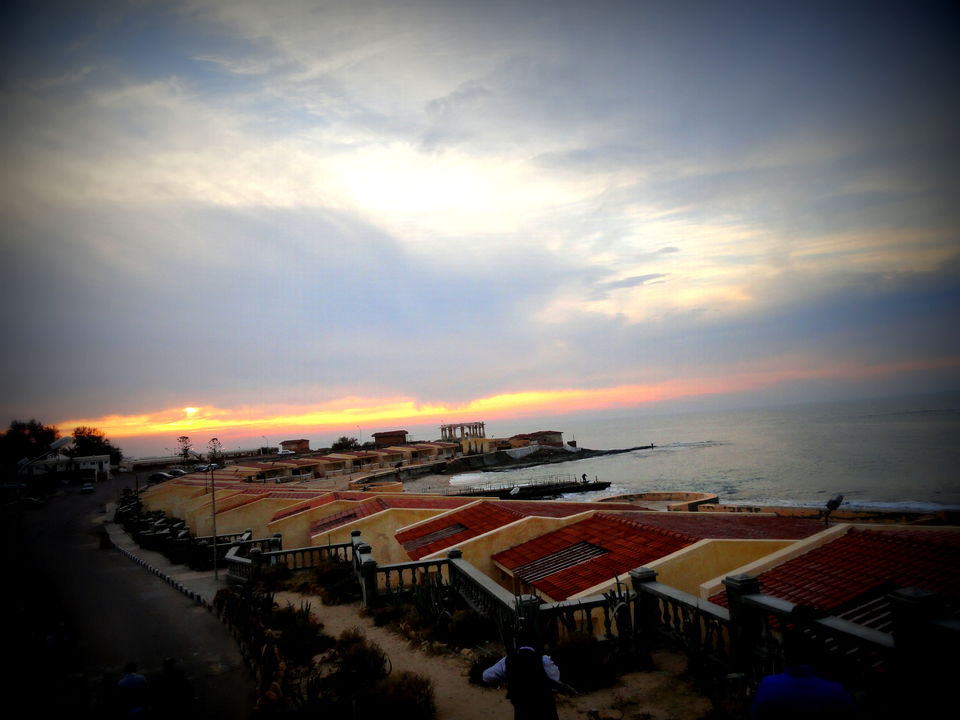
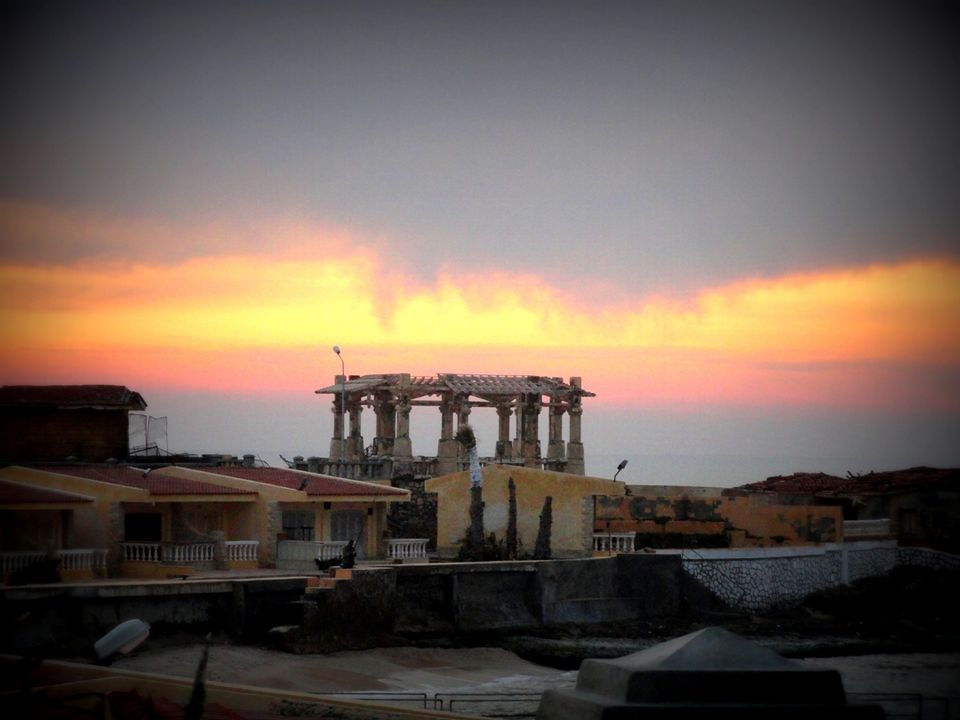
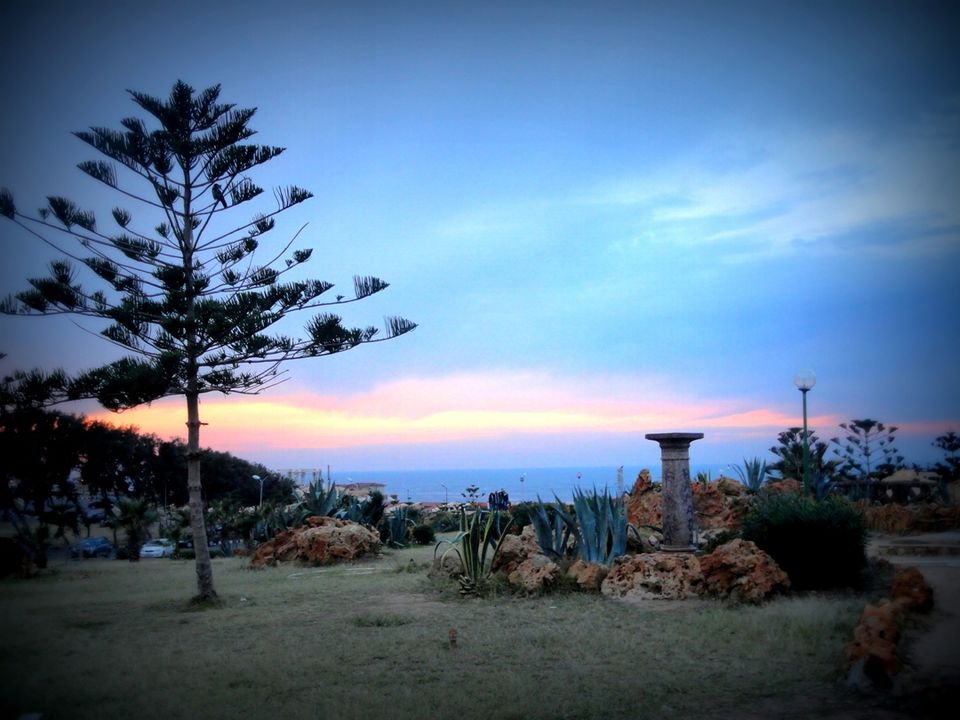
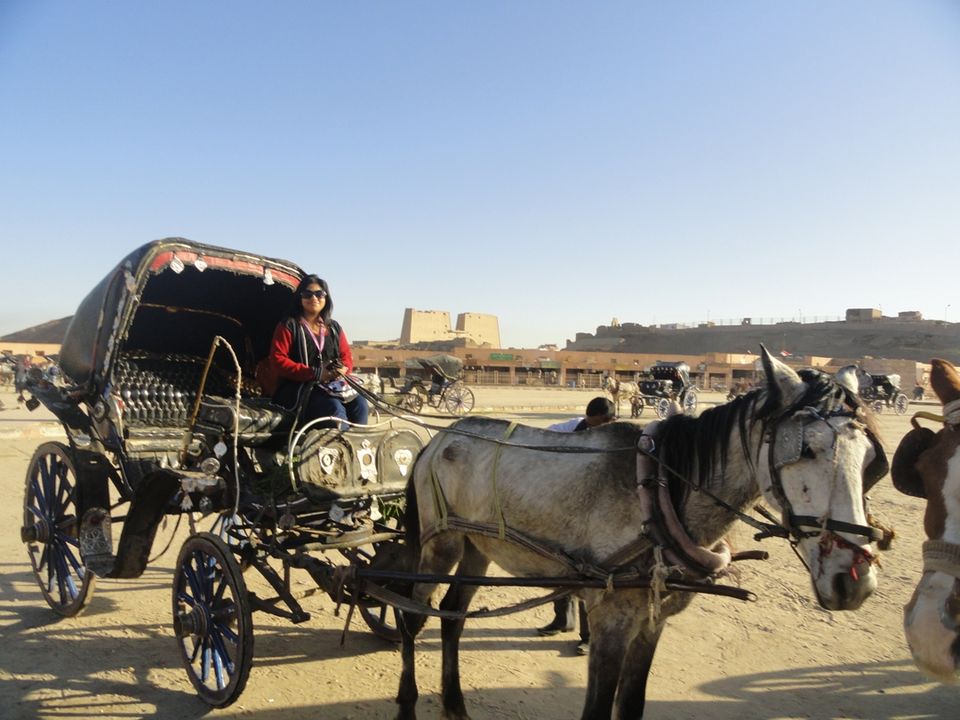
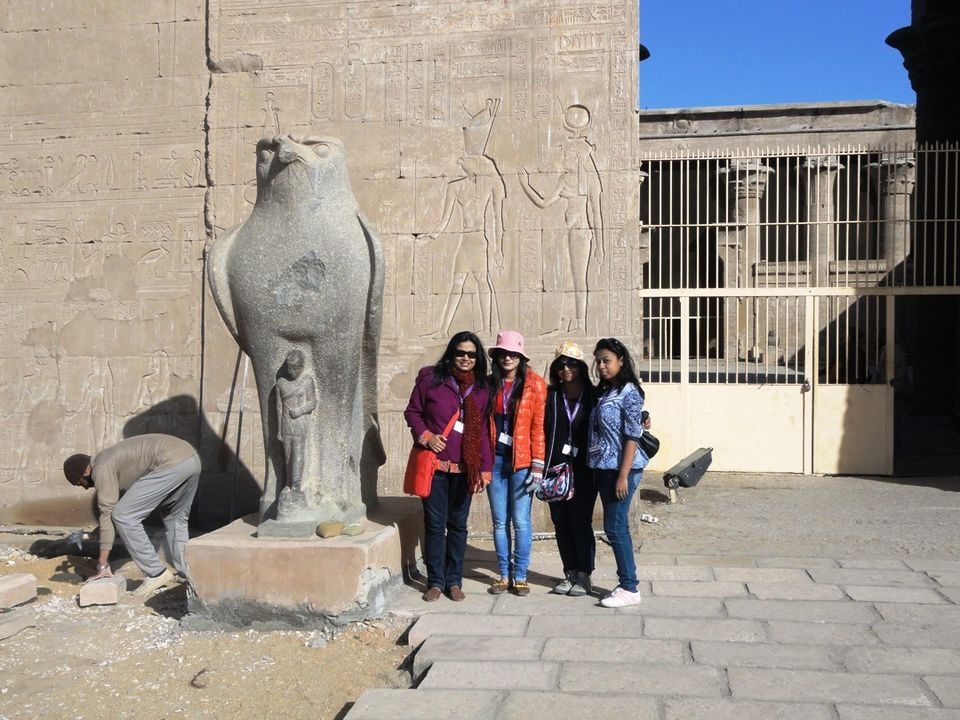
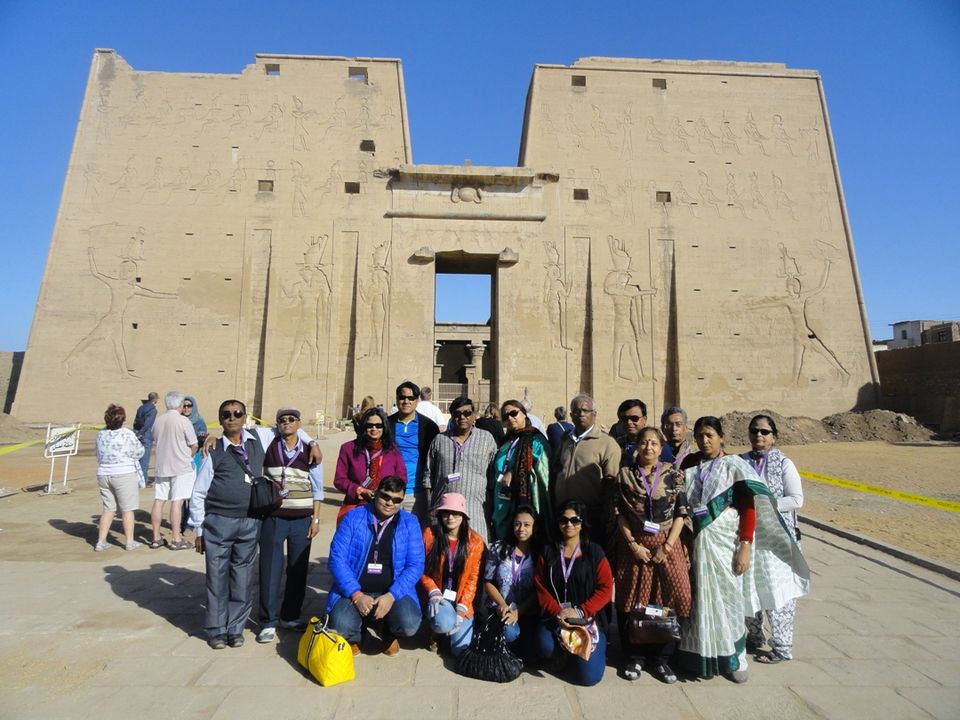


Egypt had topped my wish list since a long time. I was in class IV when I read a story on Egypt for the first time…neither I remember the title of the story nor the name of the protagonist of the story. It started with “a 10 year old school boy from a small village located on the Banks of River Nile”. But what I remember clearly about the story is the striking difference in the lifestyle between him and us. That was the first time I heard of river Nile and how it acts as a lifeline to the people of Egypt . As the group of little boys walked along the banks of the River all the way from the village to reach their school, I wondered why these little boys didn't have a school bus to take them.
Years later, as I read the history of Egypt, I was fascinated with the idea of visiting the Great Pyramid of Giza. I had planned for the Egypt trip many times but for some reason or the other those plans never worked out. However in 2013 December I finally made up my mind to visit my dream place and was reluctant to let this opportunity go. I started off as a solo traveler and became great friends with 18 of my fellow travelers whom I met for the first time in my life and Our group leader Prasanta gave us a brief of the journey.The next 10 days were magical. The land of Pharaohs hold a thousand stories and I witnessed each moment on my trip as our guide Khalid shared his knowledge on the history, the rich heritage and the culture of this ancient civilization. He proved to be an amazing story teller and narrated and enacted the stories in such a manner we can never forget. Our Journey started off from the Ancient City of Cairo.
So we landed in Cairo International Airport…
As we boarded our bus and headed towards the Hotel, I grabbed a window seat to catch a glimpse of the city. Cairo has a striking resemblance with any random Indian city. Even the vehicles on the road were similar and I was surprised to see Auto Rickshaw on the Roads of Cairo. A part of the city is not very clean and a little clumsy due to construction works going on here and there.
Over the next few days as we visited the popular tourist spots, strolled through the markets and walked on the roads of the city ,the locals easily spotted us as Indians ,came and told us about their admiration for Amitabh Bachchan and Shahrukh Khan and their obsession with bollywood movies.
The Journey:
We explored the cities of Cairo-Alexandria-Luxor and visited the most important tourist spots like Pyramids of Giza, Sphinx, Sakkara, Cairo Museum , CataComb , Alexandria Library , Mortuary Temple of Queen Hatshepsut, Valley of Kings ,Karnak temple and Luxor temple . The engravings and hieroglyphics on the walls of the temples trace history of a golden period of Egypt.In Valley of kings I felt there is magic in the tombs of the great Kings with their imposing architecture and marvelous paintings.Even afterover 5,000 years, the paintings retain their original colours and tell the story of civilization gone by
The sites of the West Bank of luxor in the peaceful glow of dawn from a hot air balloon can be described in one word:surreal.
Nile Cruise was a perfect chance for us to get off road and sail into history. Our Cruise sailed from Luxor to Aswan . The days spent in Nile Cruise were unforgettable. Mesmerized by the beauty of the surroundings, we spent our lazy days on the Cruise deck chatting , reading magazines and clicking pictures .We visited Edfu and Kom Ombo Temple located on the bank of River Nile . After a beautiful boat ride we reached the Philae temple located in Agilika Island and also enjoyed a ride in the traditional sailboats or feluccas of Egypt.
From Aswan (the final destination of the cruise) a convoy left for Abu Simbel and after a 3 hours of scenic ride across the Sahara dessert we reached the Temples of Abu Simbel on the Western Bank of Lake Nasser. The time difference between India and Egypt is only 3 hours 30 mins but when you visit these magnificent places time difference feels like a million years. Everything about Egypt is so full of character.
The Treasures of Tutankhamun preserved in Cairo Museum include some of the finest collection of Gold ranging from several Gold sarcophagi to Gold Jewelry studded with precious stones…the collection stands out for its unique craftsmanship .The thousand years old Mummified bodies of the Great Pharaohs preserved in the Royal Mummy section of Cairo Museum is worth a visit .
In my itinerary I have given a historical significance of each of the places we visited.
Major Attractions :
1.Pyramids of Giza
2.Sphinx
3.Light and Sound Show in Giza
4.Sakkara Pyramid
5.Cairo Museum and Royal Mummy Section in Cairo Museum
6.Khan al Khalili Market
7.Alexandria downtown, Alexandria Library
8.Hatshepsut Temple
9.Valley of Kings
10.Nile Cruise
11.Esna Lock
12.Hot Air Ballooning in Luxor
13.Karnak Temple
14.Abu Simbel and the Ride from Aswan to Abu Simbel across the Sahara Dessert
15.Nubian Tribe Dance
Overall tourism scenario in December 2013:
December is the best time to visit Egypt but due to the political unrest going on in the country…. the tourism of the country suffered massively which have in turn affected the economy badly .During my visit to Giza(A Major tourist attraction in the world), I noticed there were only 2-3 tourist buses in the spot. It was really challenging to refuse the hawkers who have clearly out-numbered the tourists.
Armed military men came with each of the tourist groups to ensure their safety and this was a great gesture from the Government of Egypt .
The People of Egypt were very hopeful that the January 2014 elections will put an end to all their problems as the right candidate would be voted to power and positive changes will take place….and the economy of the country will improve greatly.
When to Go:
October to February is the perfect time to visit Egypt
Currency :
Egyptian Pound
1 Egyptian Pound= Rs 8.43
Food:
The Egyptian Cuisine is similar to Indian food in many ways.
Rice , Brinjal and Potato form an important part of their everyday meal and Non-veg dishes include Fish , Chicken and Beef.
If you are looking out for KFC, it’s just outside the GIZA complex.
Shopping:
Pick up glassware, souvenirs, and dates from the Khan al khalili market, Cairo and Luxor Market ,Luxor .
Papyrus is available in the Government Shops.
Do’s :
You need to carry mineral water with you wherever you go.
Egyptians do not serve regular water with meal. Everywhere water is chargeable.
Don’t’s:
To avoid unwanted attention, respect the sentiments of the locals and dress accordingly. Avoid unnecessary argument with the hawkers .
Cairo is the capital of Egypt and the largest city in the Middle-East and Africa. Its metropolitan area is the 16th largest in the world.With Museums, Mosques and markets ,this colorful city is a fascinating mixture of modern city and ancient wonders.
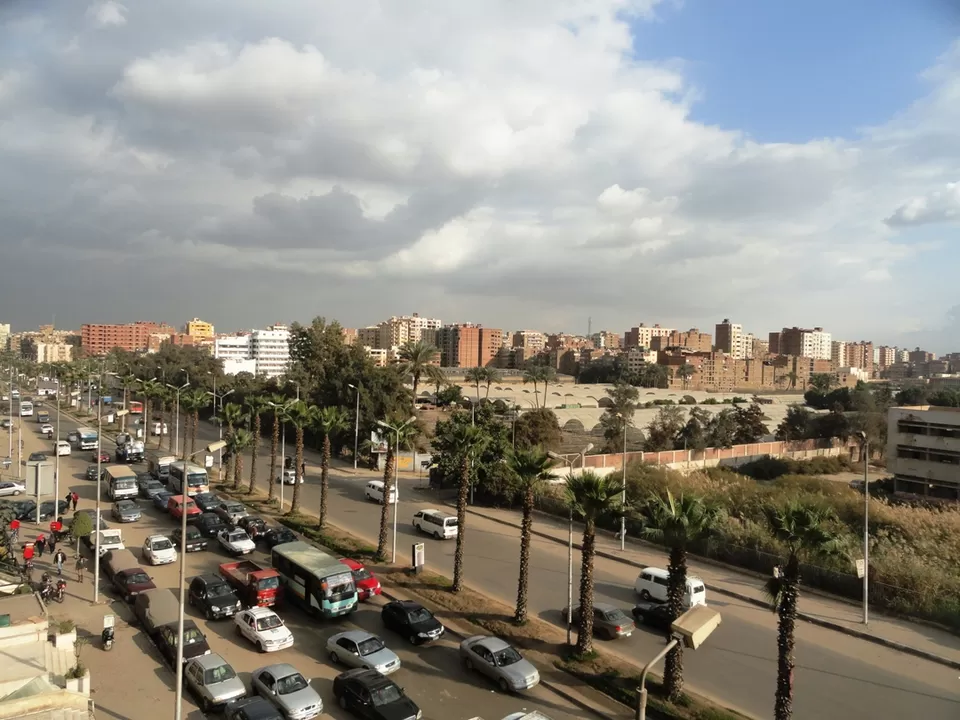
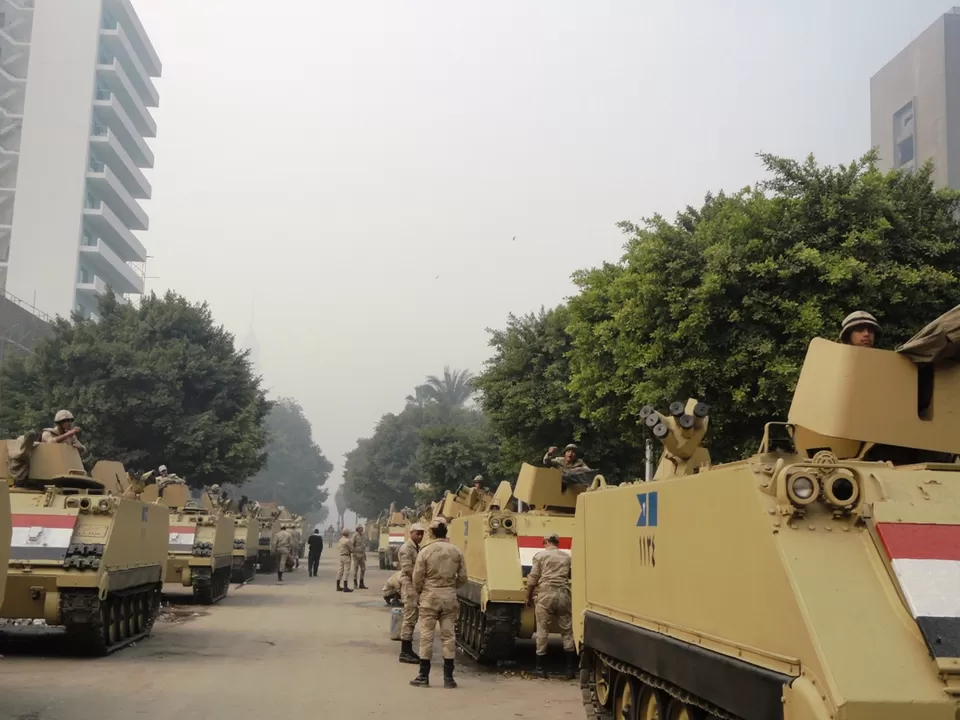
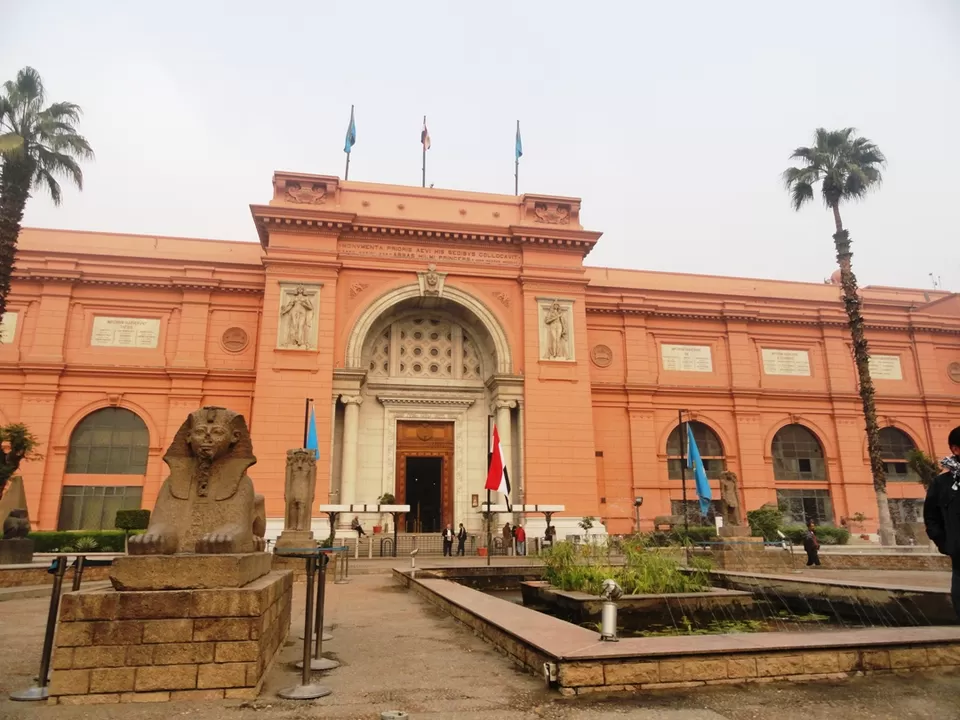
This beautiful city is located on the coast of Mediterranean .Alexandria ,the second largest city and the second largest metropolitan area in Egypt after Greater Cairo by size and population. It is also the largest city lying directly on the Mediterranean coast. Alexandria is Egypt's largest seaport, serving approximately 80% of Egypt's imports and exports. Founded by Alexander the Great in 331 BC, Alexandria became the capital of Greek-Roman Egypt.After the Death of Alexander the Great , Alexandria was ruled by the Ptolemies.Alexandria was known for for the Lighthouse of Alexandria , one of the Seven Wonders of the Ancient World; its Great Library (the largest in the ancient world).The stories of Cleopatra VII, Mark Antony and Julius Ceasar revolve round this city .
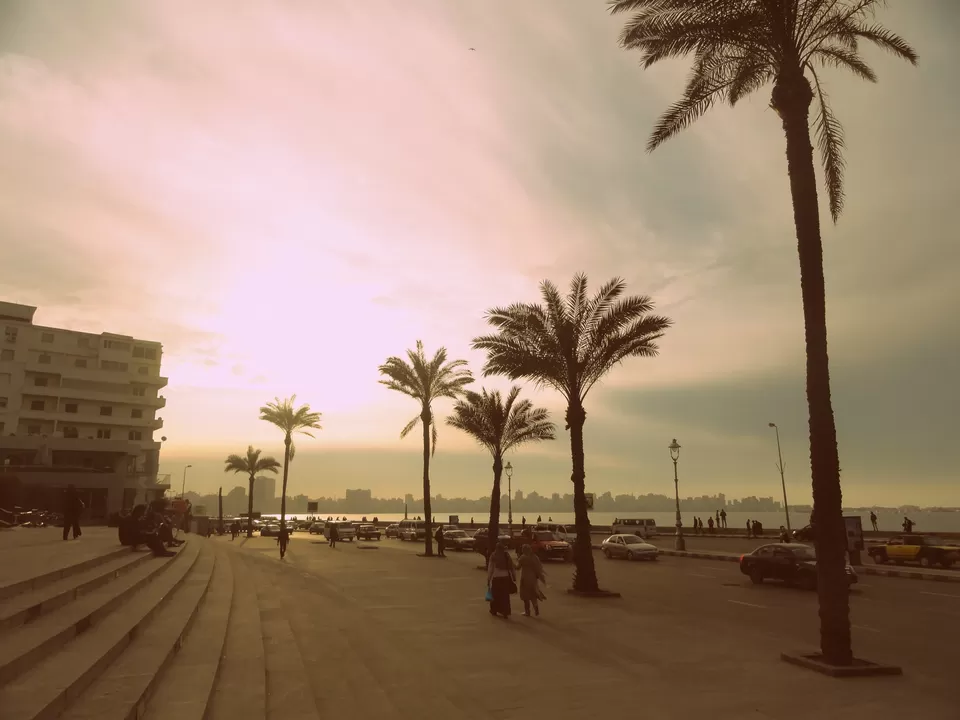
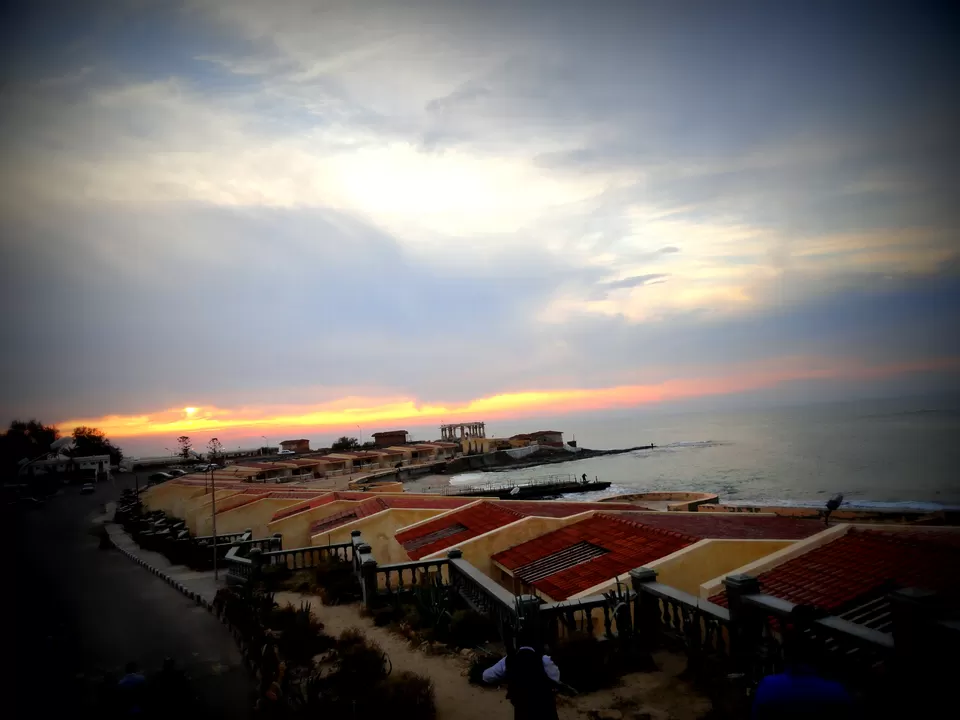
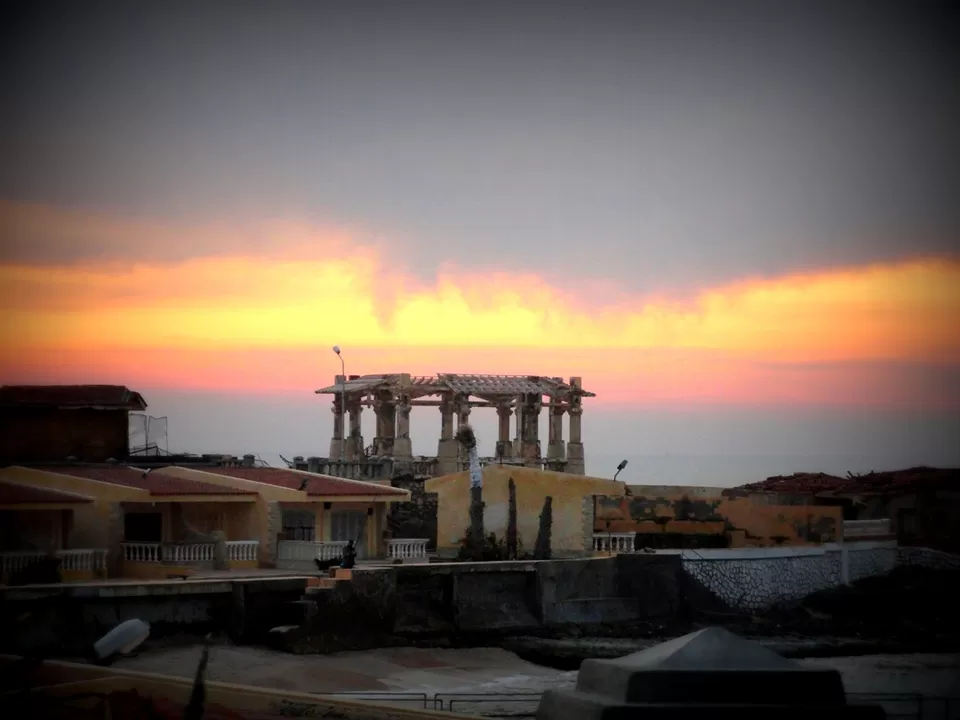
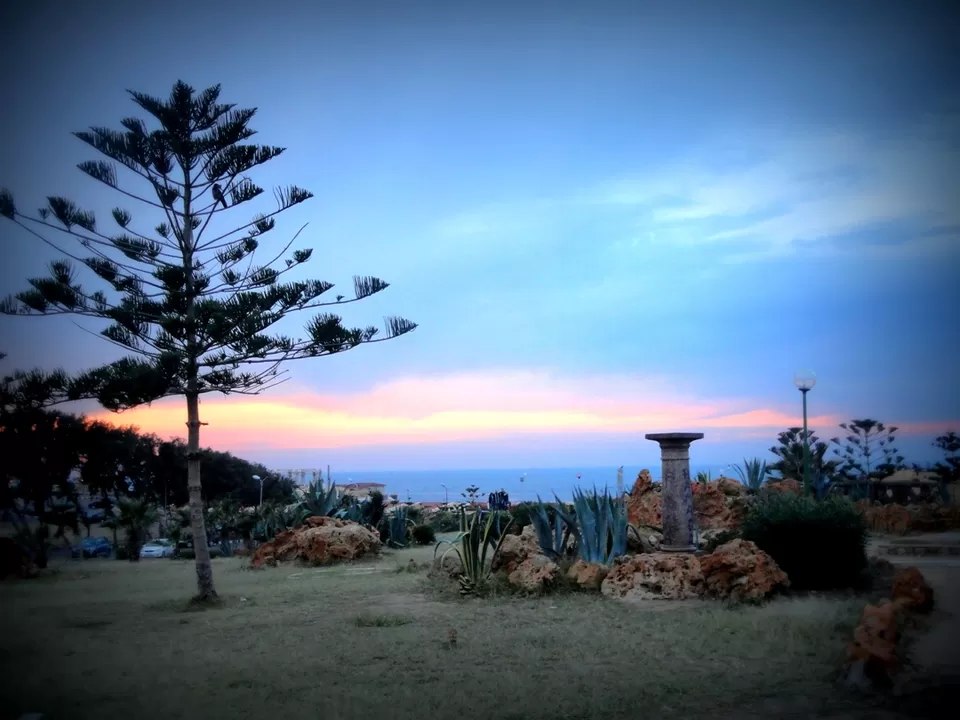
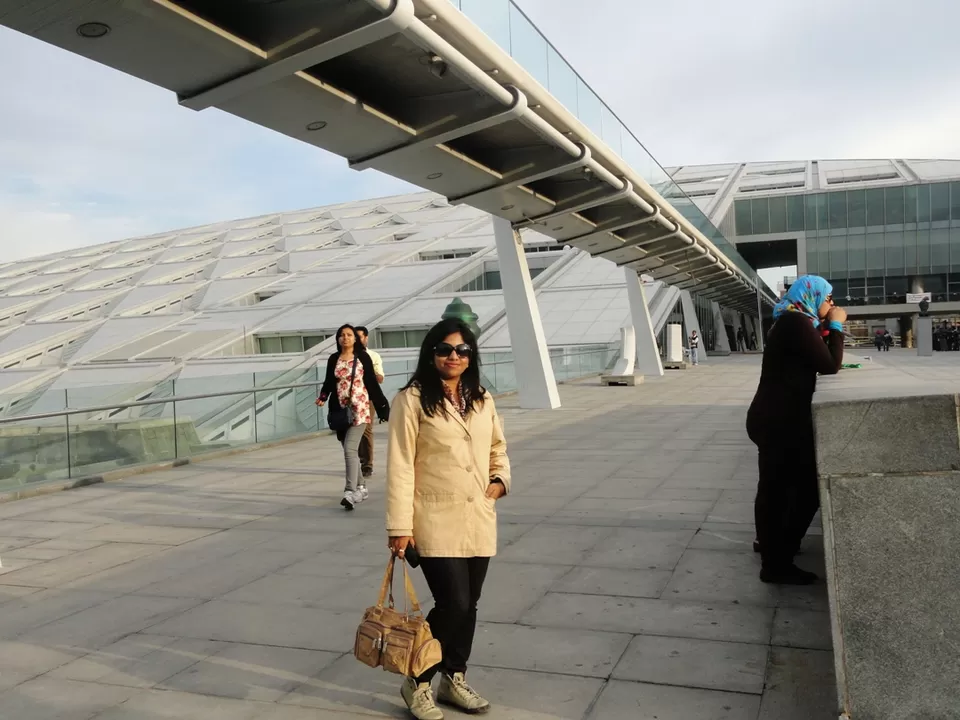
The Pyramids of Giza refer to mainly the following 3 Pyramids:1.Also known as th Great Pyramid of Giza,this was Built in 2,550 B.C. by Pharaoh Khufu the second king of the 4th dynasty .The original height of this Pyramid is 481.4 feet (147 metres ) .2. Pyramid was built in 2520 BC by Pharaoh Khafre , the son of Pharaoh Khufu and the original height of this is 471 feet (143 metres).3. Pyramid was Built in 2490 BC by Pharaoh of Menkaure, the Son of Pharoah Khafre and measures 356.5 feet (109 metres) high. One of the most famous structures on the list of the seven wonders of the ancient world is The Great Pyramid of Giza.The Great Pyramid of Giza was the tallest man made structure in the world for 3800 years which is not only a testament to its durability but to its mark as one of the most remarkable structures built.Even today, Egyptologists are not completely sure how The Great Pyramid of Giza was built. In about 2,550 B.C. Pharaoh Khufu ordered the building of his tomb on the plateau of Giza which lies on the outskirts of Cairo. The tomb was designed to protect the Pharaoh’s body as well as his possessions. This would ensure a safe trip with all his belongings into the afterlife.The Great Sphinx:After the pyramids of Giza we visited The Great Sphinx which has the head of a man with a lion’s body.The light and sound show here begins with the story of the Sphinx who has been an eye witness to everything that happened in Egypt for the last five thousand years . The show also depicted the story of building the pyramids and relates the history of great and famous figures of ancient Egypt like Thutmosis IV, Akhnaten, Nefertiti and Tut Ankh Amon . Sakkara :Sakkara is best known for the Step Pyramid, the oldest known of Egypt's 97 pyramids. It was built for King Djoser of the 3rd Dynasty by the architect and genius Imhotep, who designed it and its surrounding complex to be as grand as it was unique and revolutionary
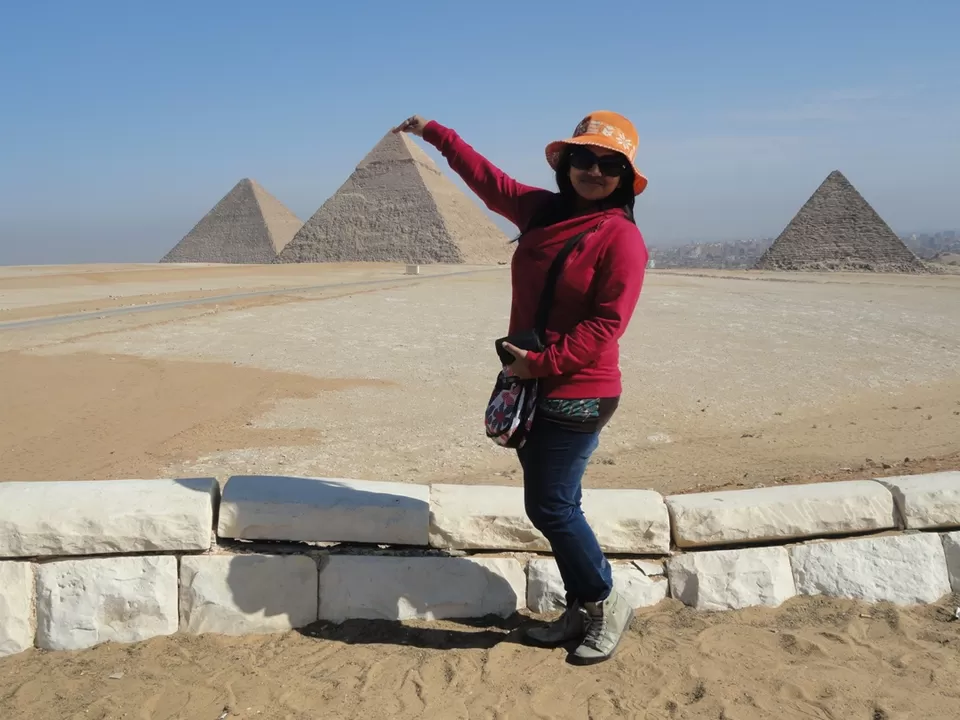
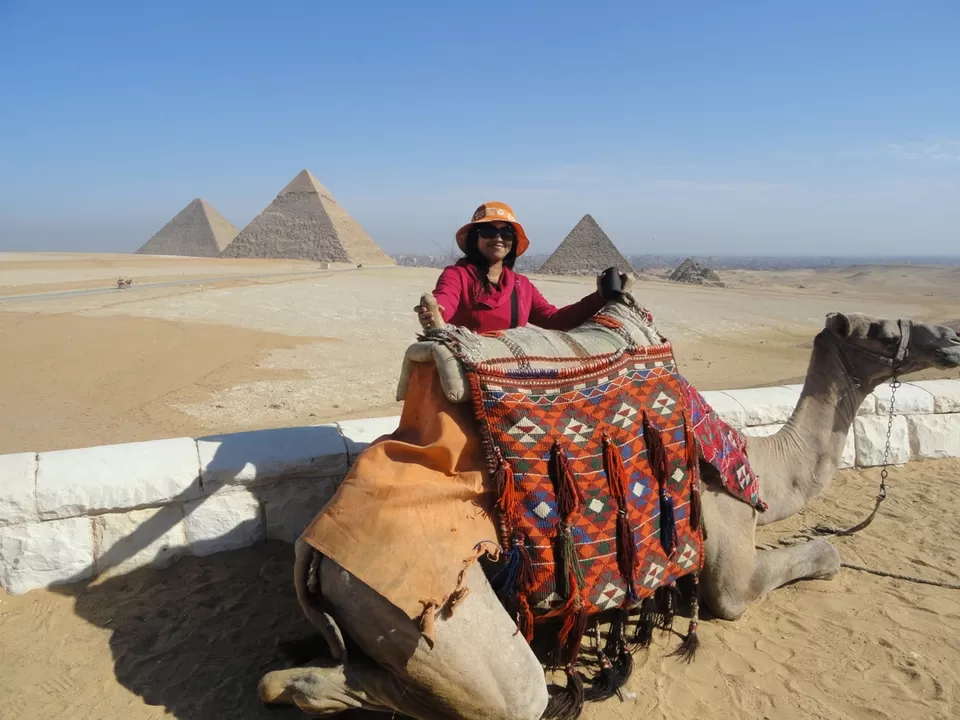
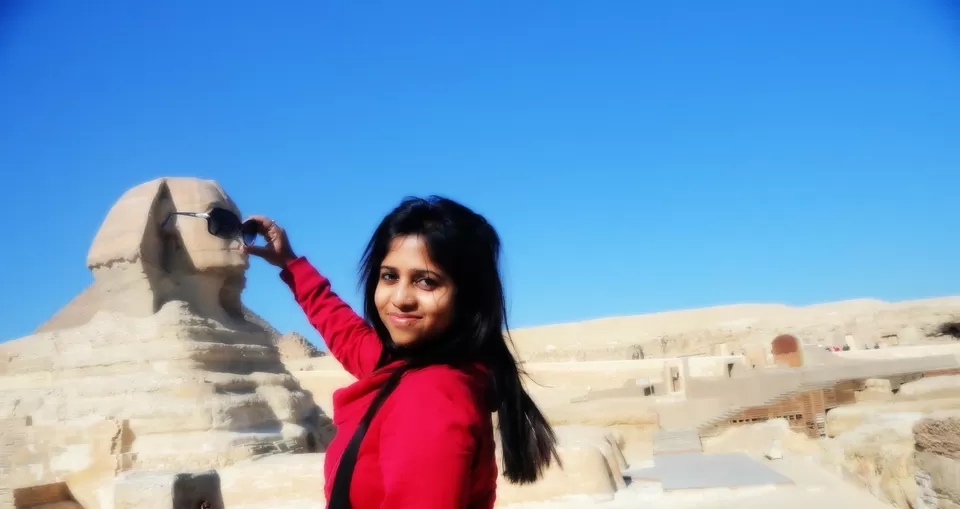
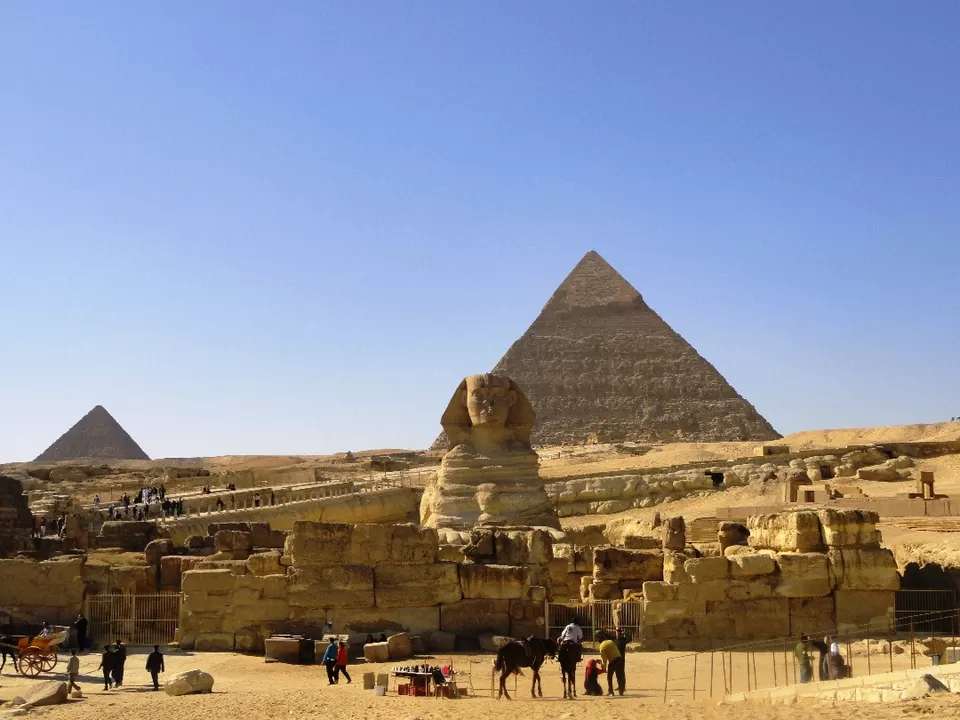
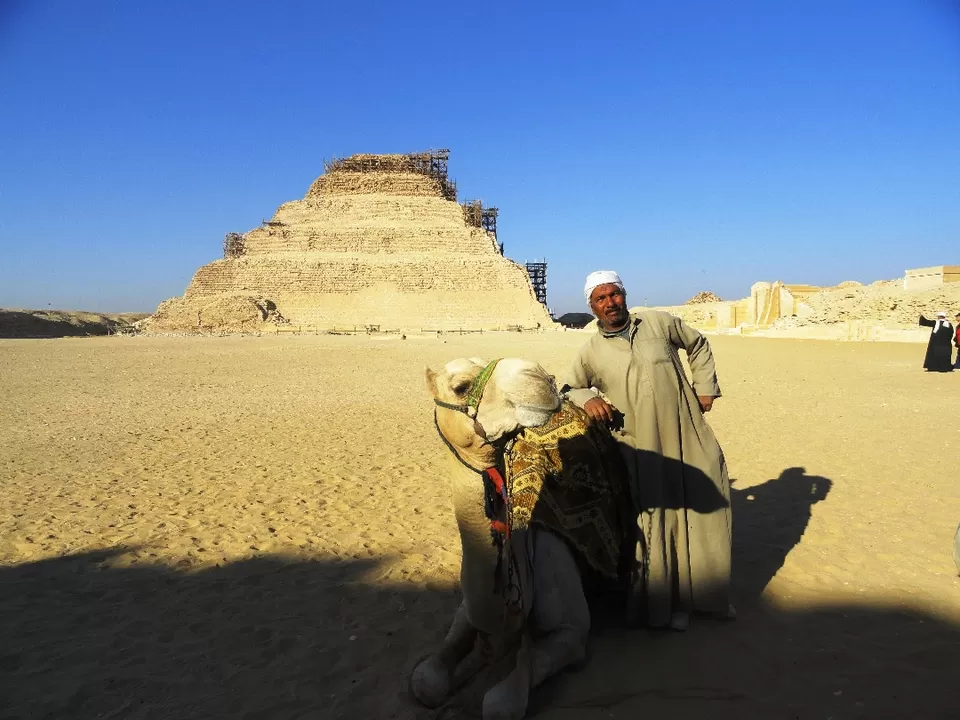
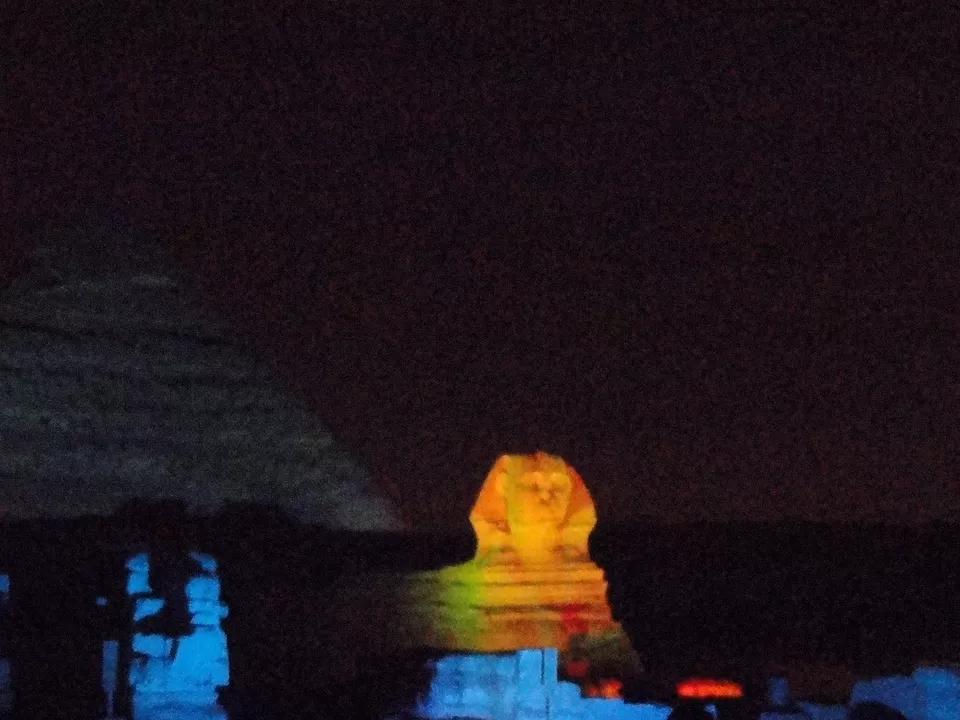
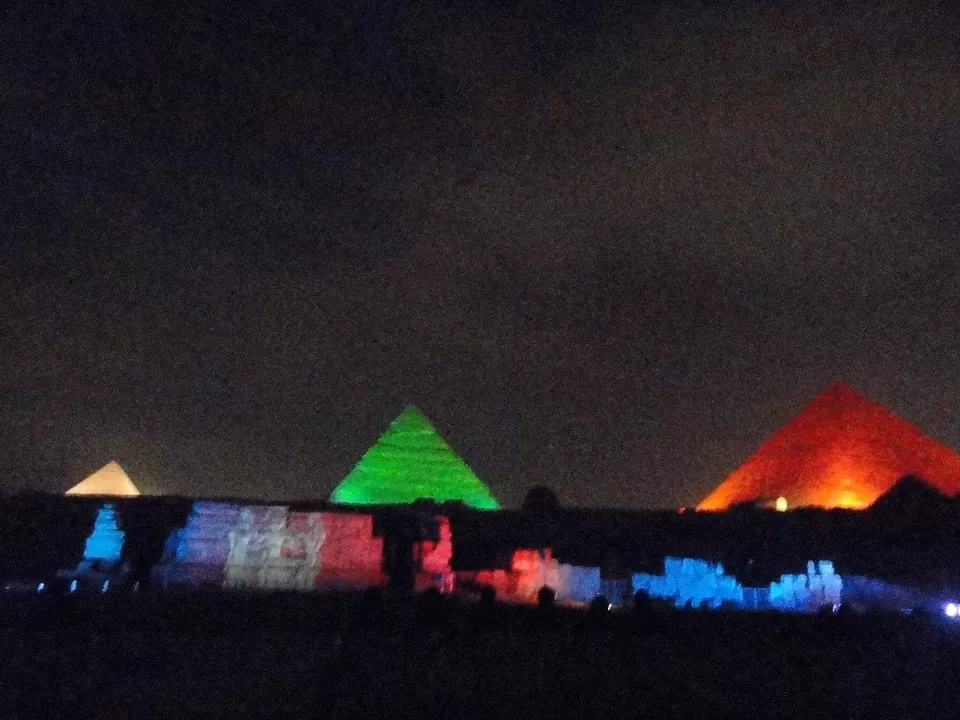
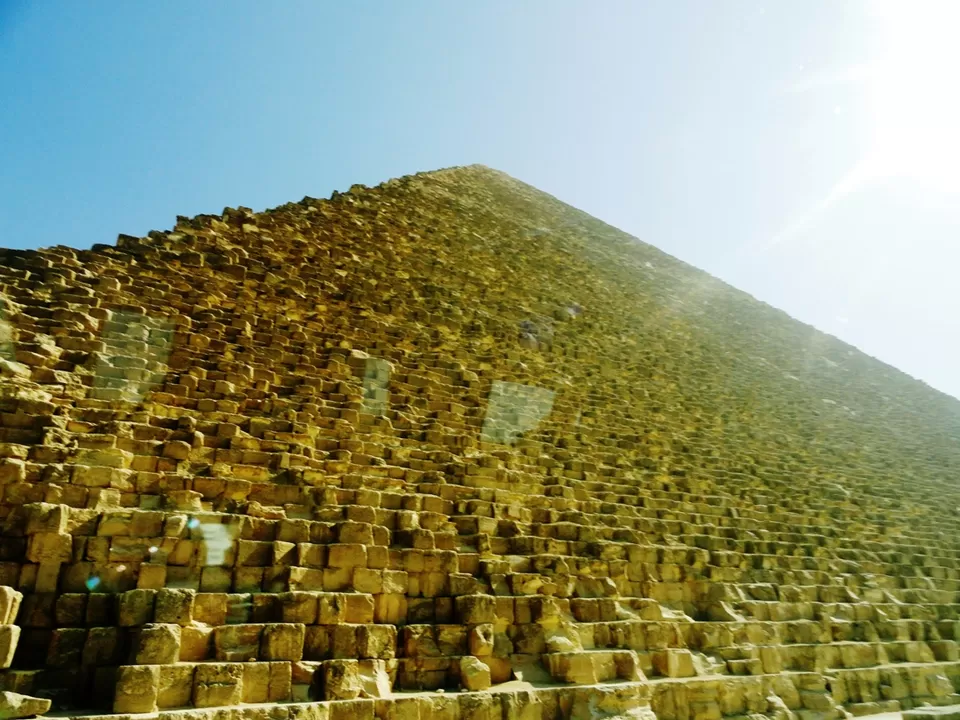
Luxor has frequently been characterized as the "world's greatest open air museum", as the ruins of the temple complexes at Karnak and Luxor stand within the modern city. Immediately opposite, across the River Nile, lie the monuments, temples and tombs on the West Bank Necropolis, which include the Valley of the Kings and Valley of the Queens. Thousands of tourists from all around the world arrive annually to visit these monuments, contributing a large part towards the economy for the modern city.Luxor was the ancient city of Thebes, the great capital of Egypt during the New Kingdom, and the glorious city of the god Amon-Ra .The importance of the city started as early as the 11th Dynasty, when the town grew into a thriving city, renowned for its high social status and luxury, but also as a center for wisdom, art, religious and political supremacy
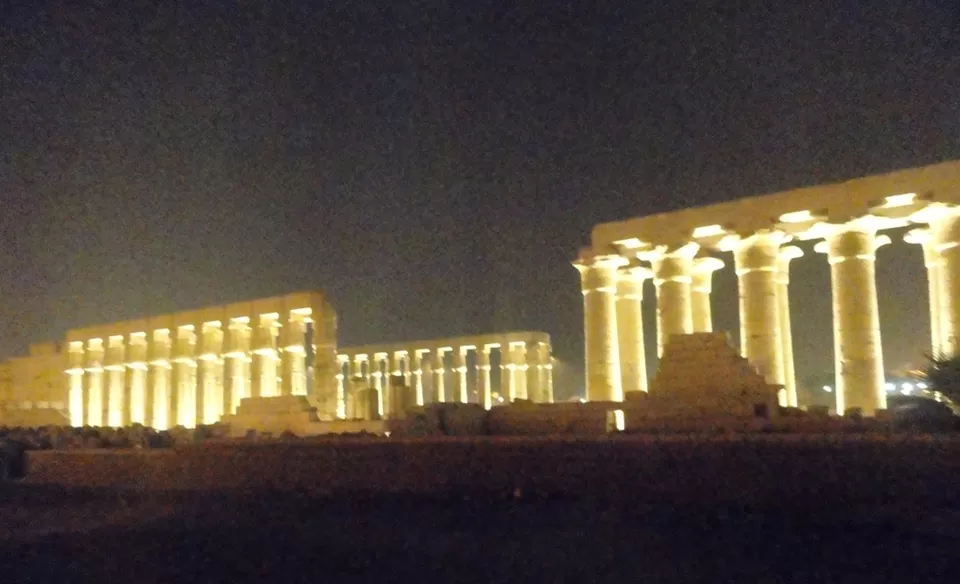
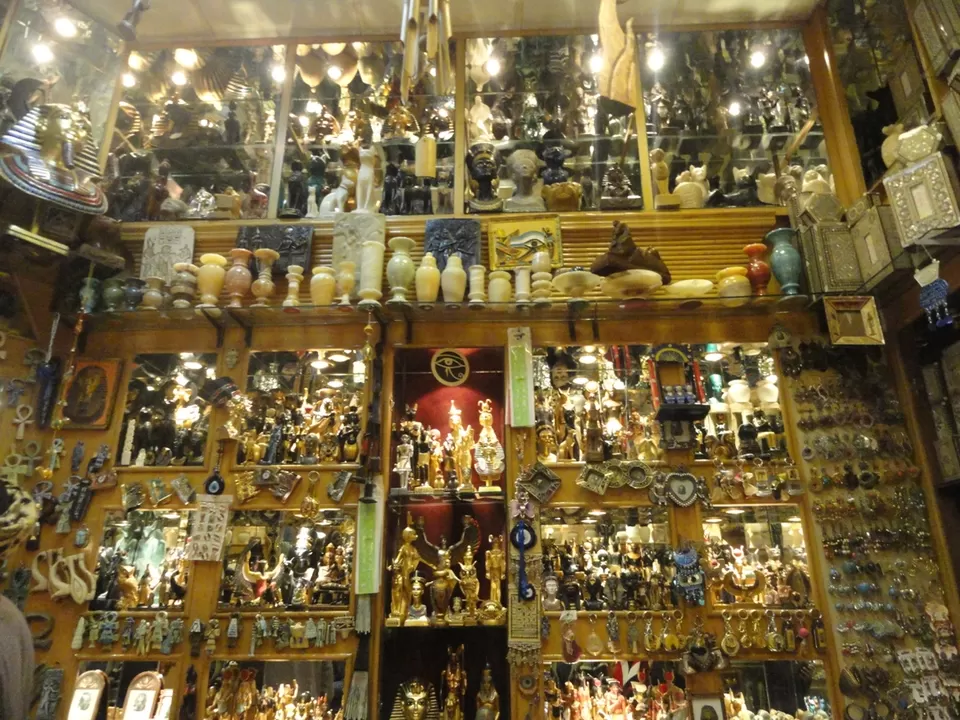
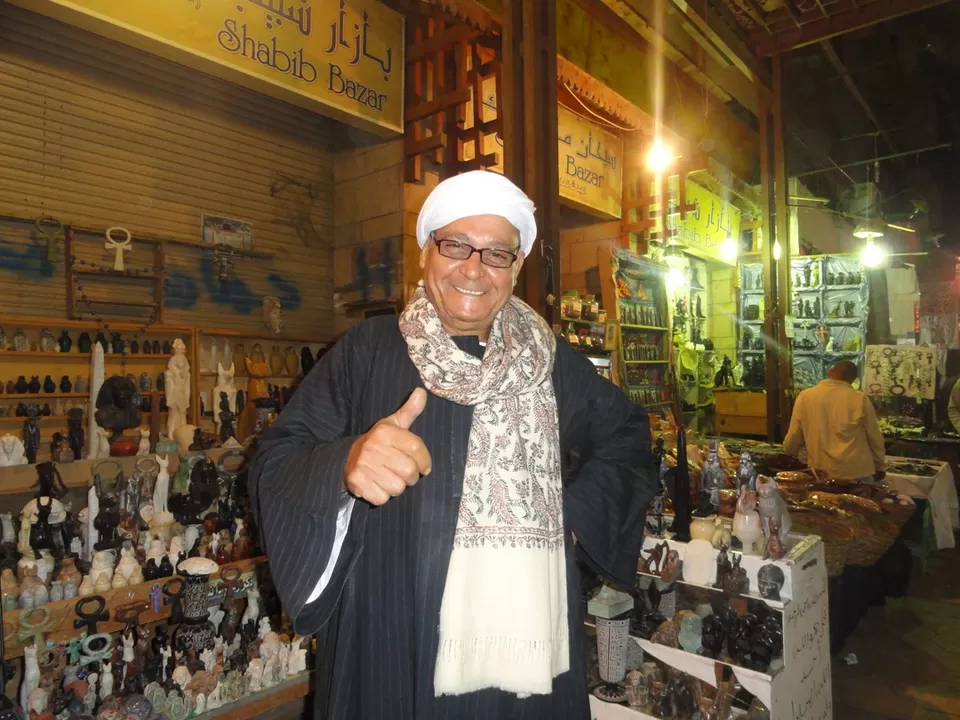
The Colossi of Memnon are two twin statues depicting Amenhotep III (14th century BC)in a seated position, his hands resting on his knees and his gaze facing eastwards. The original function of the Colossi was to stand guard at the entrance to Amenhotep's memorial temple.
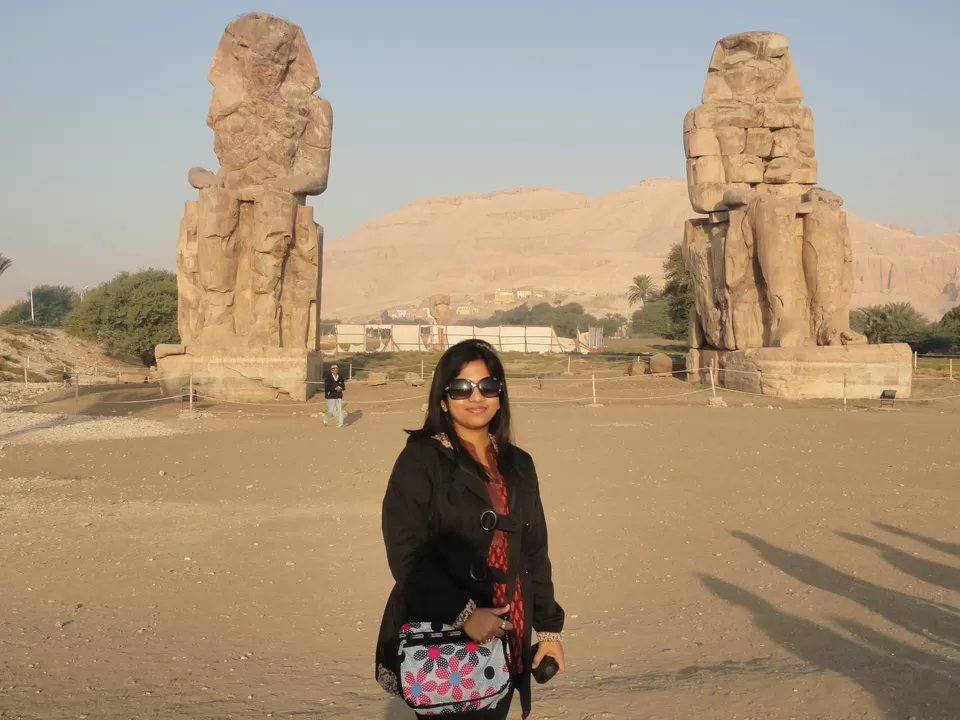
The Mortuary Temple of Queen Hatshepsut, , is located beneath the cliffs at Deir el Bahari on the west bank of the Nile near the Valley of the Kings in Egypt. The mortuary temple is dedicated to the sun god Amon-Ra and is located next to the mortuary temple of Mentuhotep II. This temple is considered one of the "incomparable monuments of ancient Egypt."Hatshepsut (1508–1458 BC) was the fifth pharaoh of the Eighteenth dynasty of Ancient Egypt. She is generally regarded by Egyptologists as one of the most successful pharaohs, reigning longer than any other woman of an indigenous Egyptian dynasty.Her rise to power went against all the conventions of her time. She was the first wife and Queen of Thutmose II and on his death proclaimed herself Pharaoh, denying the old king's son, her nephew, his inheritance. She dressed as a king, even wearing a false beard and the Egyptian people seem to have accepted this unprecedented behavior. She remained in power for twenty years and during this time the Egyptian economy flourished, she expanded trading relations and built magnificent temples as well as restoring many others. Eventually her nephew grew into a man and took his rightful place as pharaoh. If you visit the Royal Mummy section of the Cairo museum you find the mummified body of Queen Hatshepsut's .
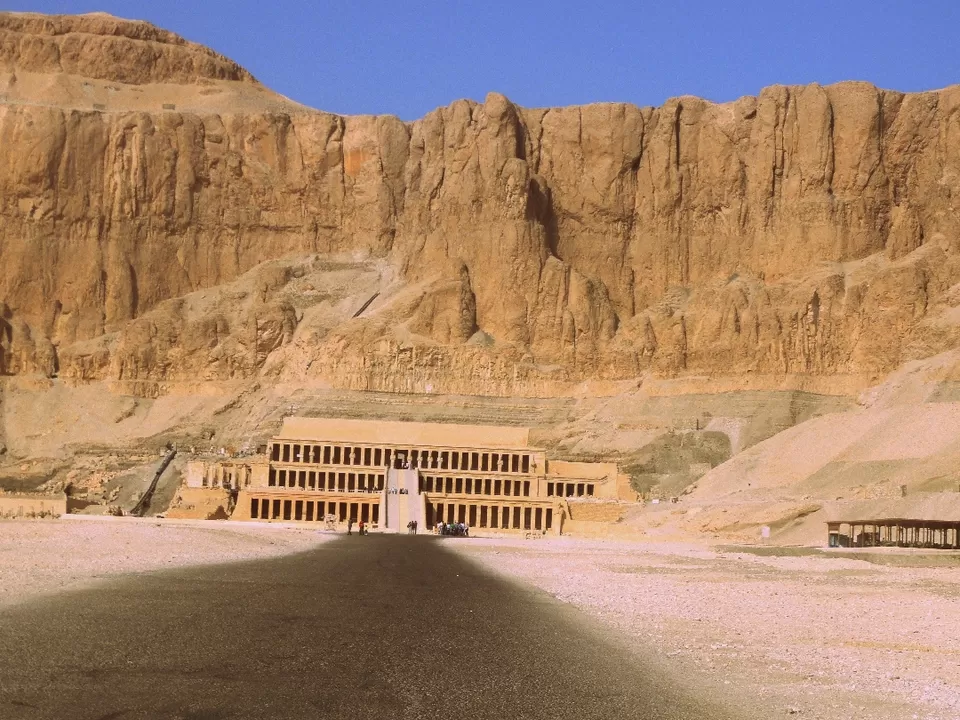
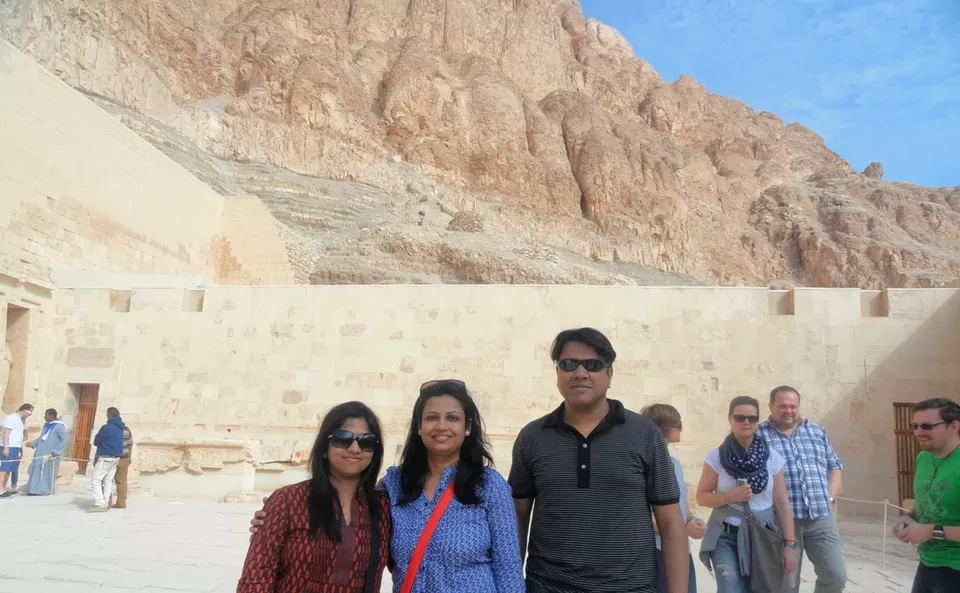
From Thutmose I in the 18th Dynasty of the New Kingdom period, all the kings, and occasionally high officials of that period, were buried in the secluded wadi, or dry gully, which today is called Valley of the Kings.During my visit in December last year there were 63 tombs , excavated by the Egyptologists and archaeologists from many countries. Not all of the tombs belonged to the king and royal family. Some tombs belonged to privileged nobles and were usually undecorated.Recently in April 2014, Remains of about 50 mummies, including newborn babies, thought to belong to the 18th Pharaonic dynasty were found in a huge tomb .The powerful kings of the 18th and 19th Dynasties kept the tombs under close supervision, but under the weaker rulers of the 20th Dynasty, the tombs were looted, often by the very workers or officials supposedly responsible for their creation and protection. The earliest king buried in the Valley was Thutmose I, the latest, Ramesses XI. In 1922, Howard Carter found the most well-known of these tombs, that belonging to the young King Tutankhamun.The First Floor of the Cairo Museum has the collection of treasures of Tutankhamun . Tutankhamun died at only 19 years of age following a brief reign. Though extremely impressive to the modern world, the treasures of Tutankhamun must have paled when compared to the tombs of the great Pharaohs that ruled for many years during Egypt's golden age.
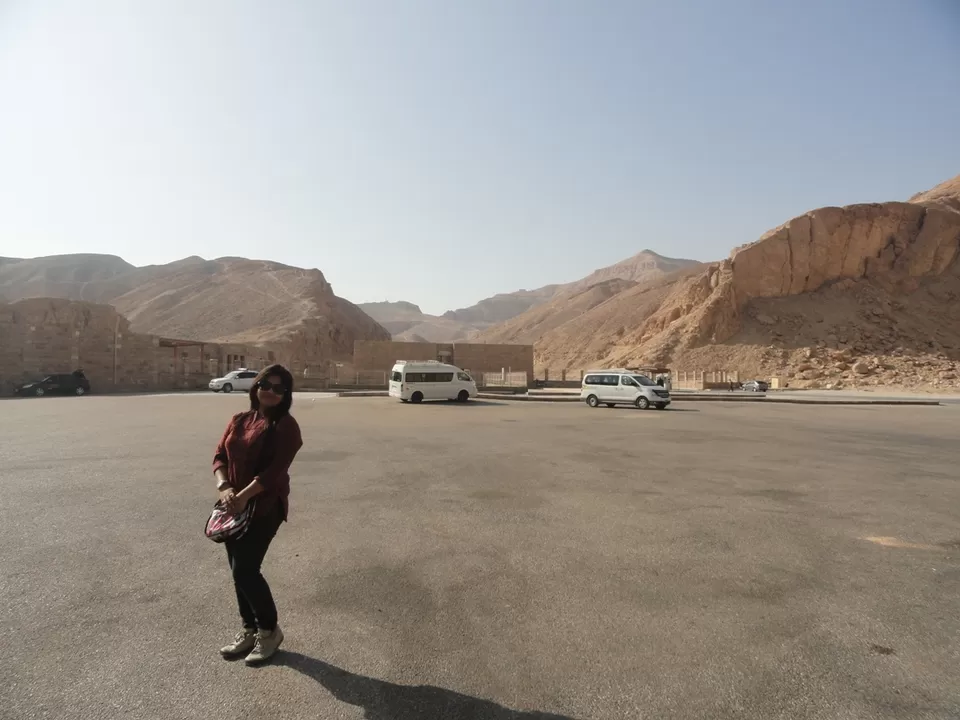
Karnak is an ancient Egyptian temple located on the east bank of the Nile River in Thebes (modern-day Luxor). It covers more than 100 hectares, an area larger than some ancient cities. The central sector of the site, which takes up the largest amount of space, is dedicated to Amun-Ra, a male god associated with Thebes. Construction at Karnak started 4,000 years ago and continued till the time the Romans took control of Egypt, about 2,000 years ago. Each Egyptian ruler who worked at Karnak left his or her own architectural mark. Some evidences of construction at Karnak dates to the reign of Wah-Ankh Intef II, an Egyptian ruler who lived more than 4,000 years ago. The complex is a vast open-air museum and the largest ancient religious site in the world. It is believed to be the second most visited historical site in Egypt after the Giza Pyramids.
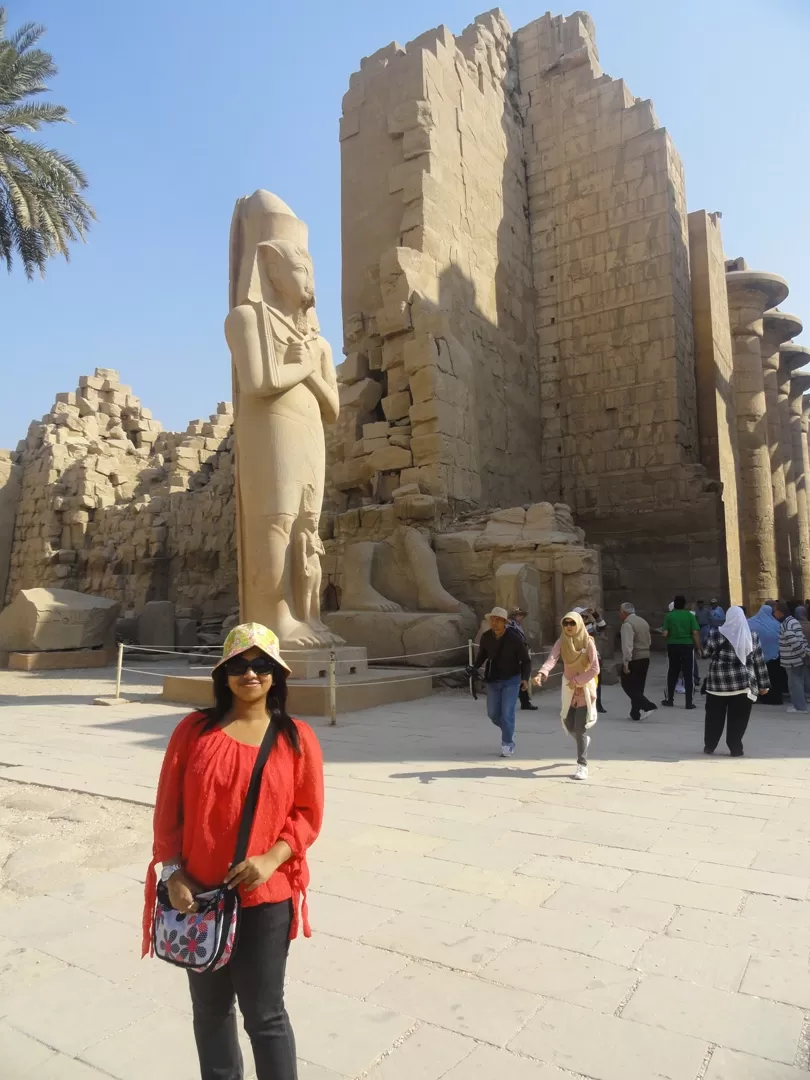
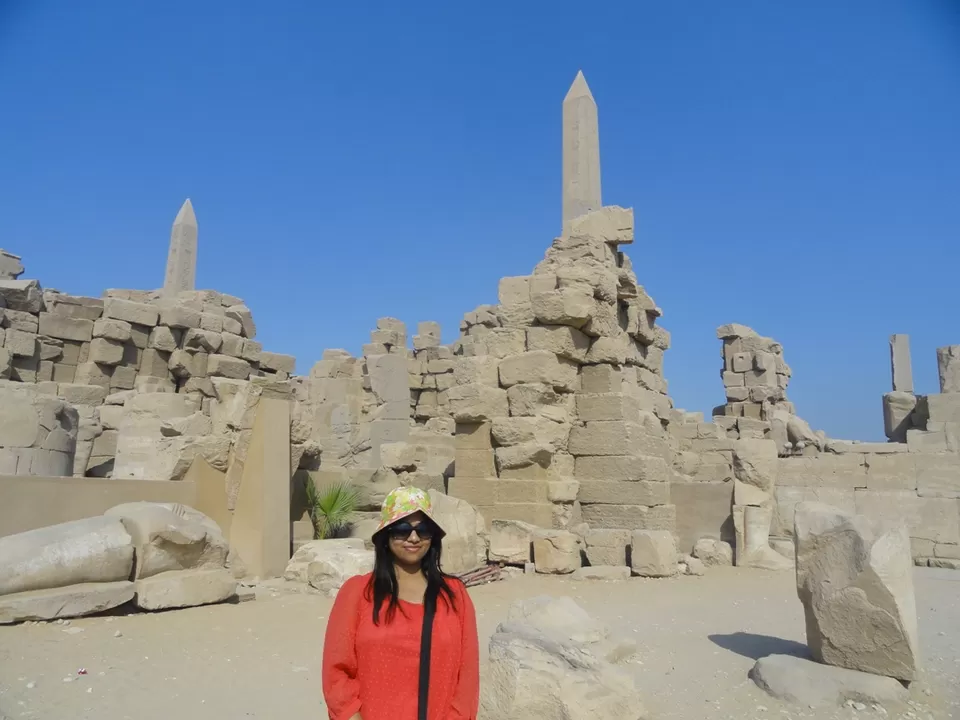
The temple of Luxor is close to the Nile and parallel with the riverbank. King Amenhotep III who reigned 1390-53 BC built this beautiful temple and dedicated it to Amon-Re, king of the gods.This temple has been in almost continuous use as a place of worship right up to the present day. It was completed by Tutankhamun and and added to by Ramses II. Towards the rear is a granite shrine dedicated to Alexander the Great. During the Christian era the temple's hall was converted into a Christian church, and the remains of another Coptic church can be seen to the west. Then for thousands of years, the temple was buried beneath the streets and houses of the town of Luxor. Eventually the mosque of Sufi Shaykh Yusuf Abu al-Hajjaj was built over it. This mosque was preserved when the temple was uncovered and forms an integral part of the site today.
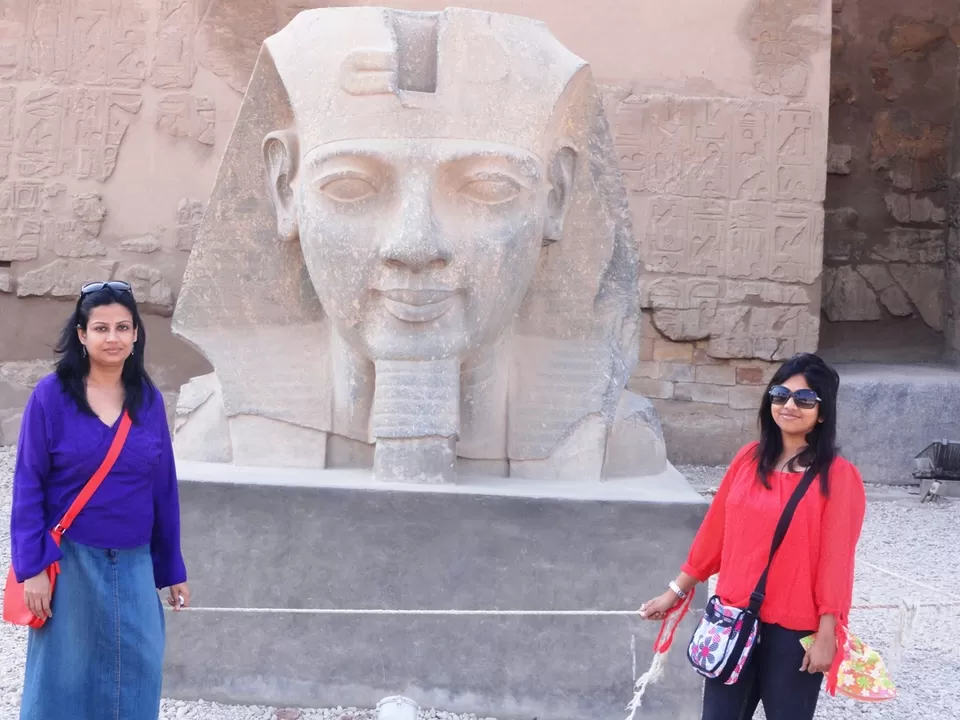
Nile Cruise is a perfect chance to get off road and sail into history. Our Cruise sailed from Luxor to Aswan .Besides being the more relaxed mode of travel, there are other significant advantages. Nile cruises often visit a wider variety of antiquities along the banks of the River.We visited the following places:1. Edfu temple:2. Kom Ombo Temple3. Philae temple We sailed for a few hours in felucca's or traditional sailboats of Egypt .One evening the cruise crew organized a Dance performance by the Nubian Tribes ,I got lucky and picked up a few dance steps from them as well.
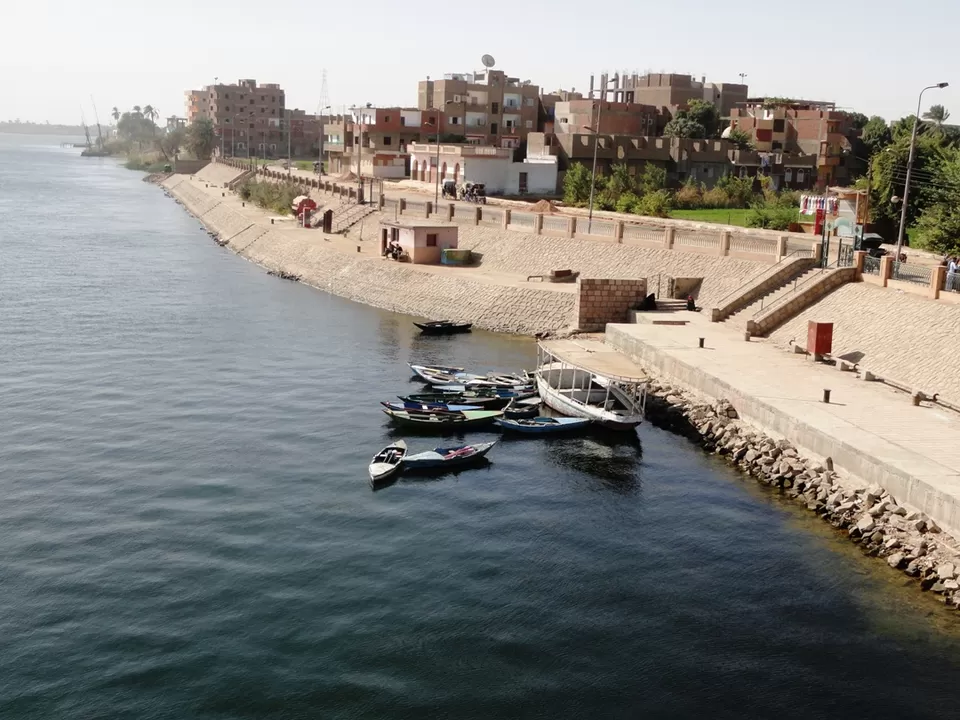
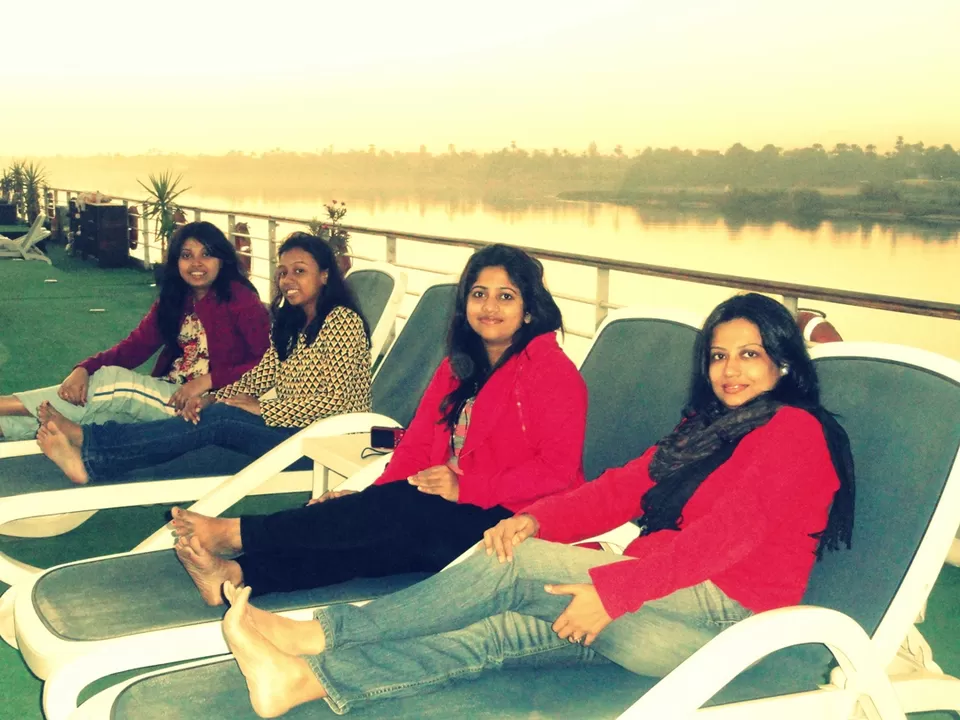
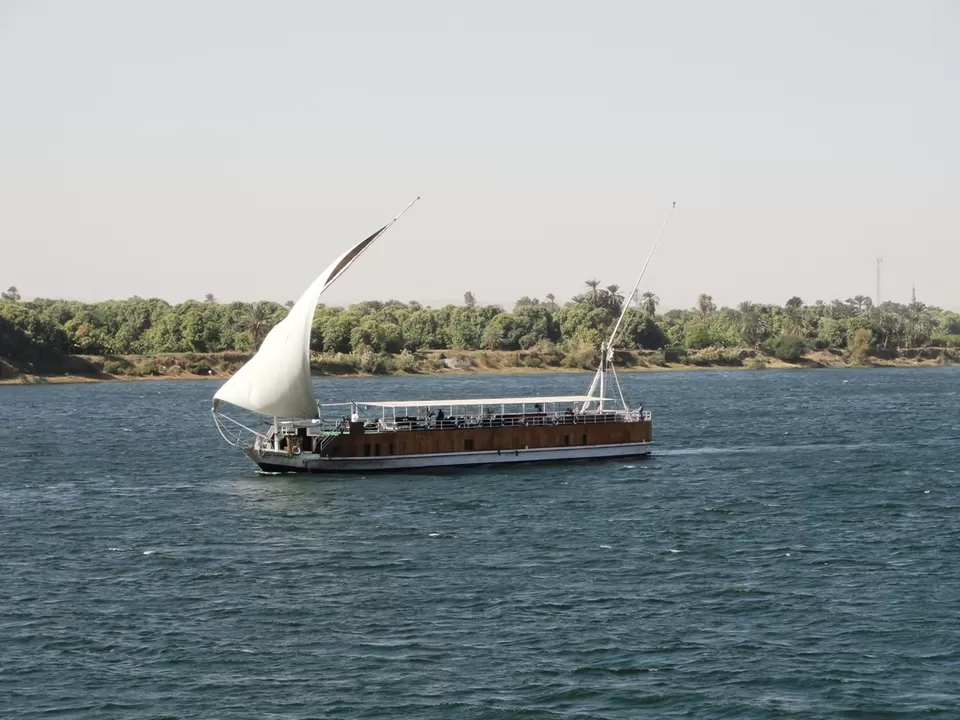
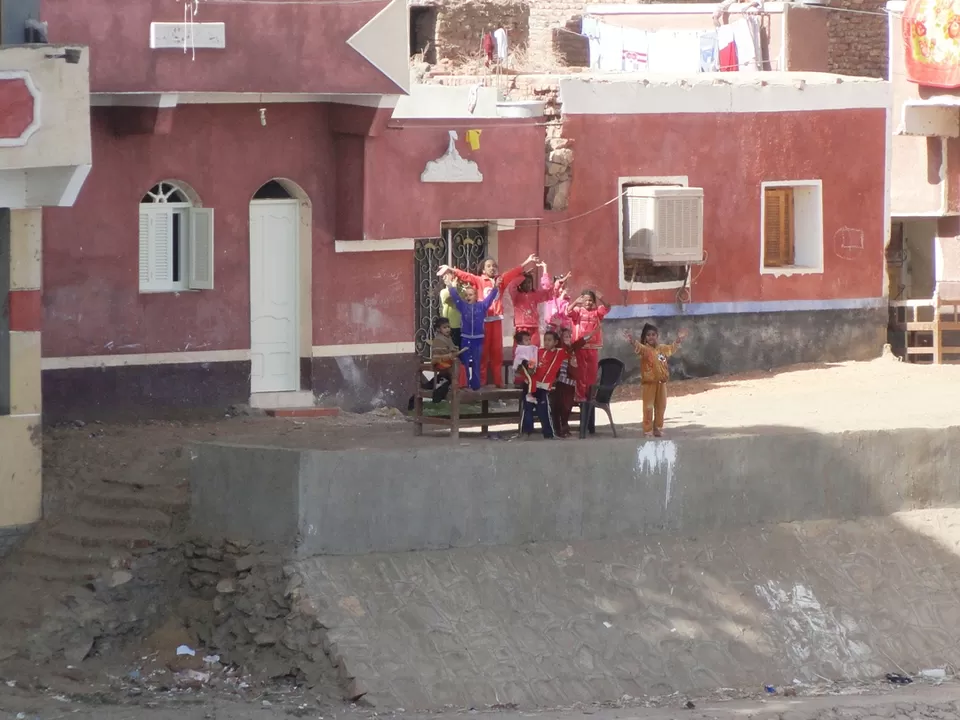
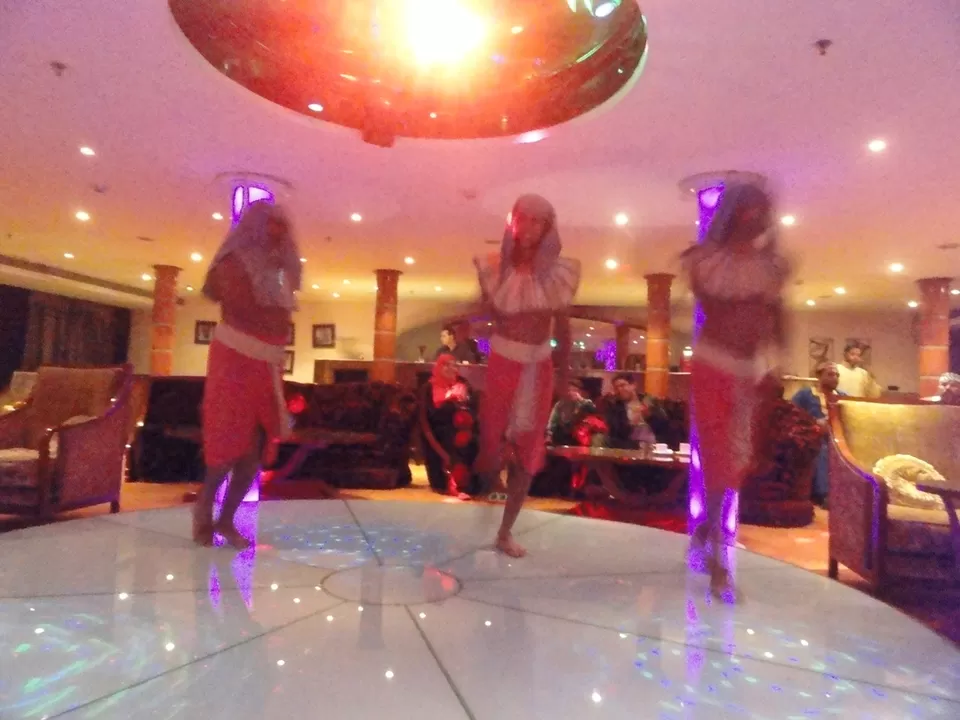
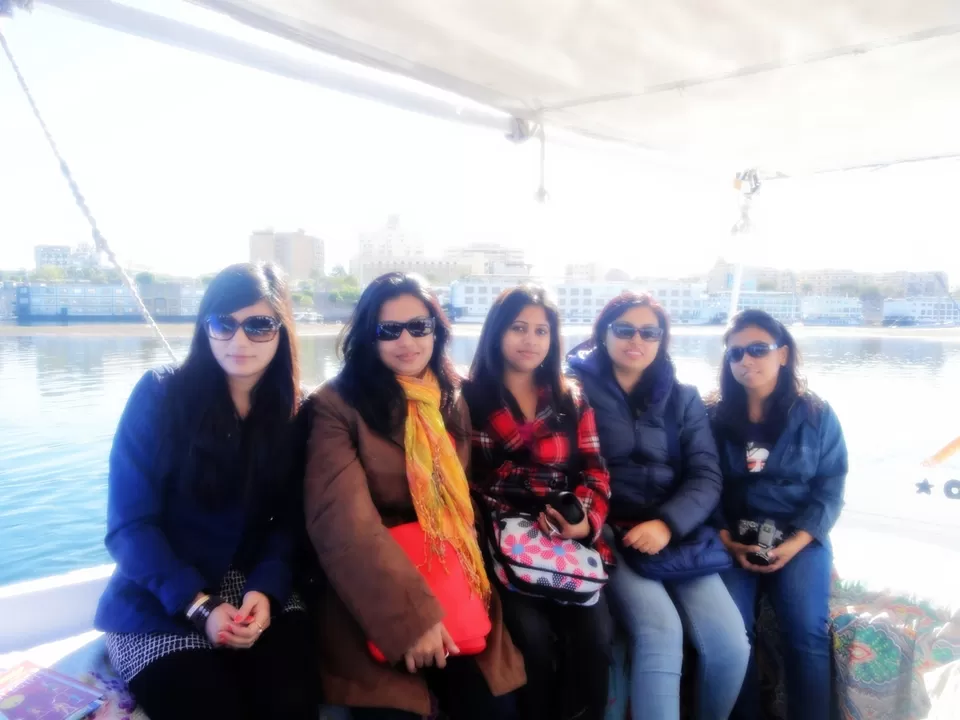
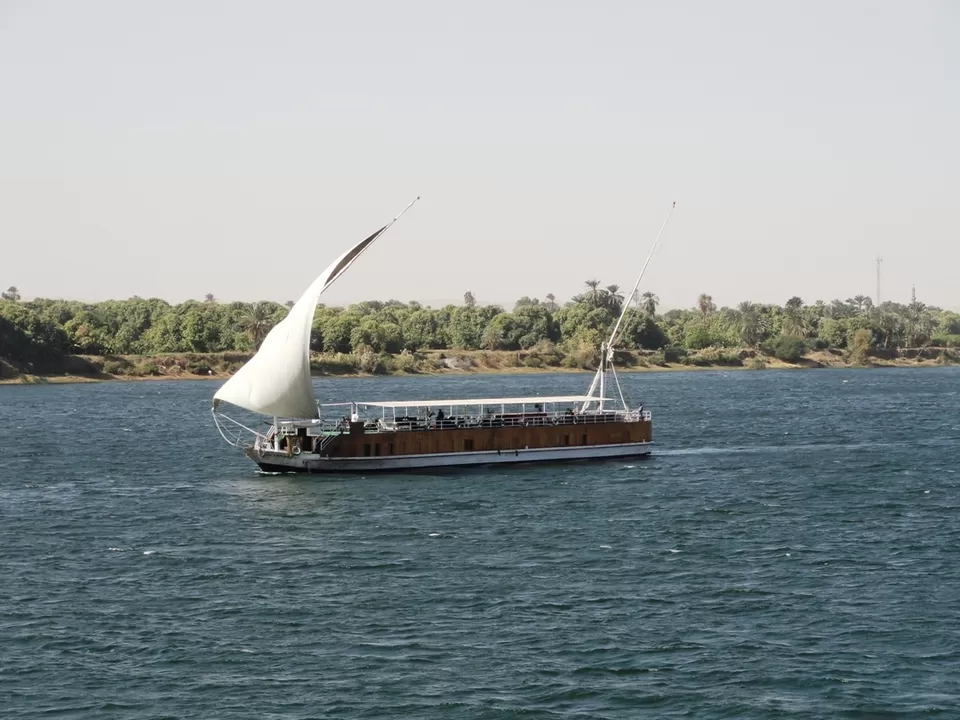
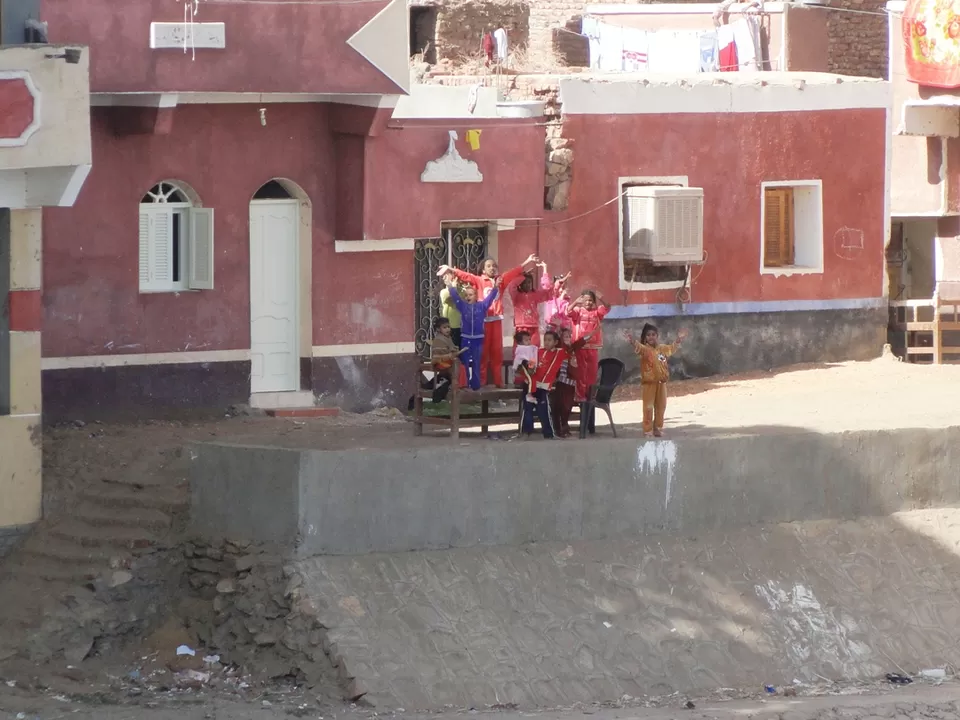
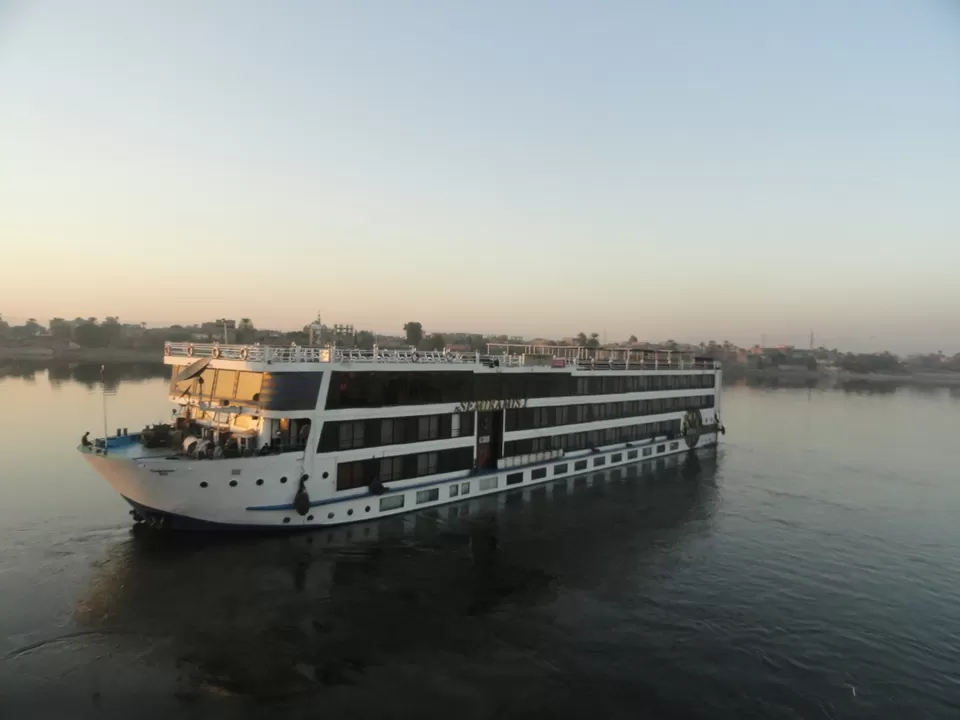
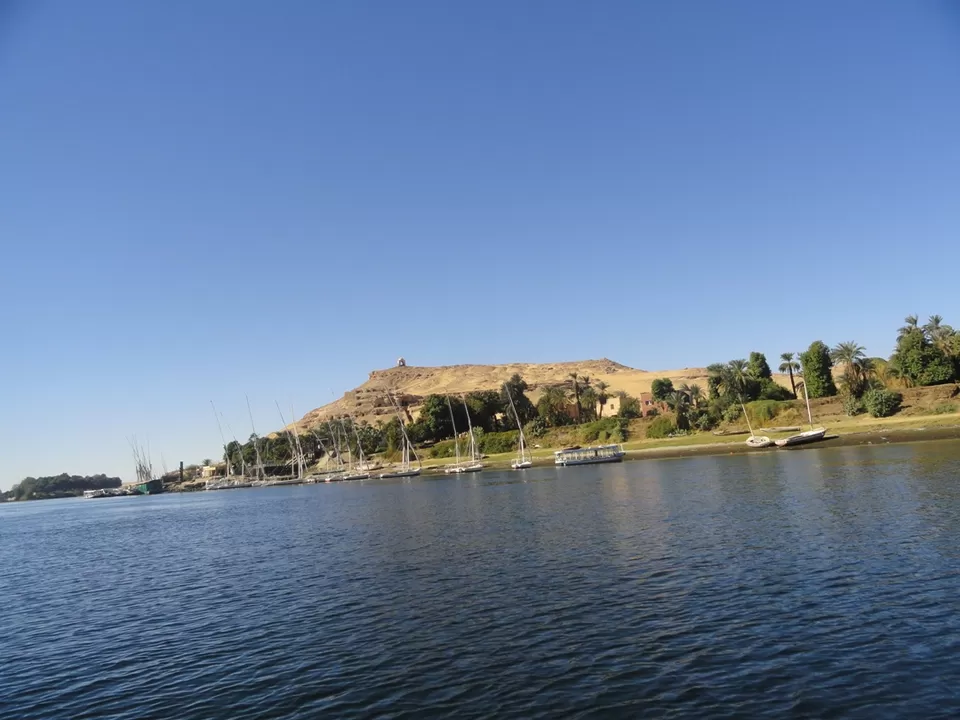
Out of sheer excitement and curiosity we assembled on the deck as the cruise reached Esna Lock. On the other side of the lock , the level of water was much much higher . As our ship entered the lock ,water was pumped in ..the water level rose , the lock gates then opened and we could easily go.
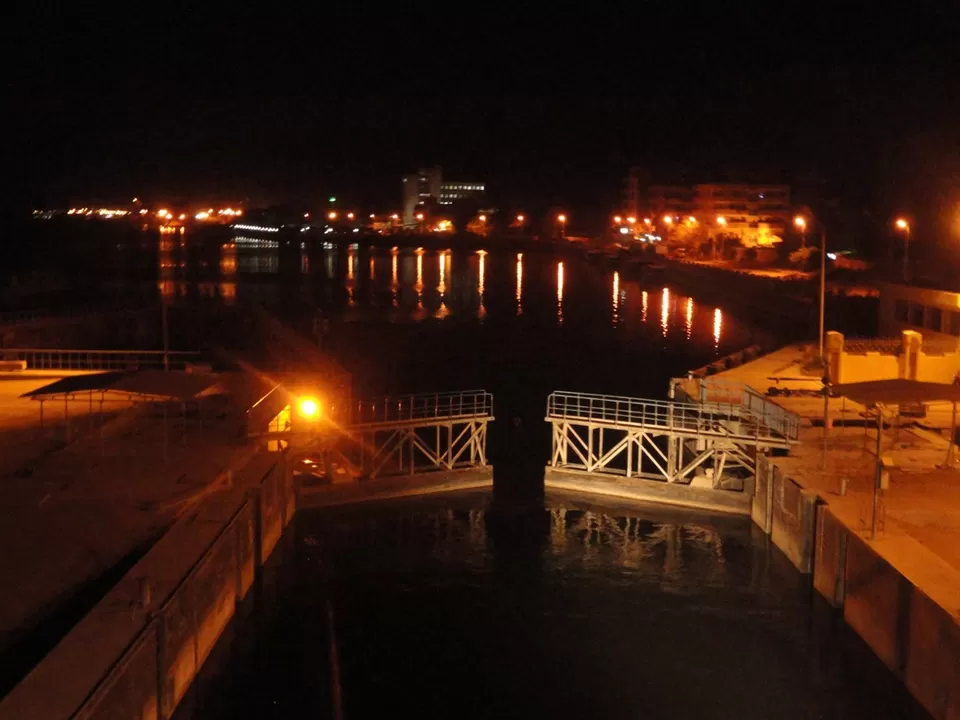
Located in the west bank of the River Nile , The Temple of Horus at Edfu is one of the best preserved cult temples in Egypt. The temple is dedicated to the falcon headed god Horus. . The construction began in 237 BC during the reign of Ptolemy III and finished in 57 BC. This is not only the best preserved ancient temple in Egypt, but the second largest after Karnak. It was believed that the temple was built on the site of the great battle between Horus and Seth.
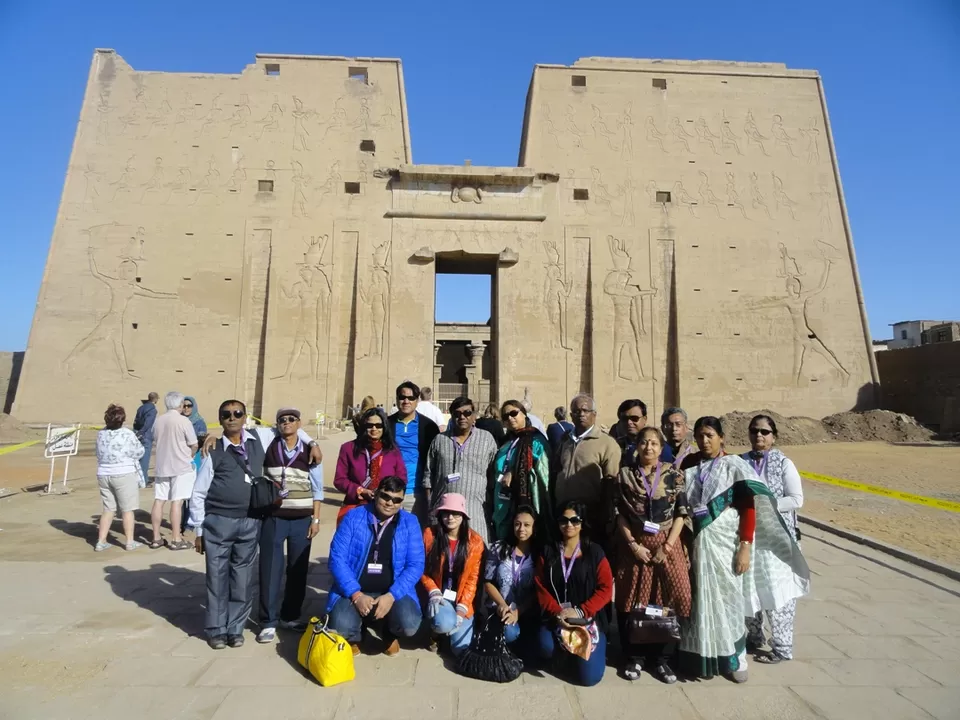
Located in the town of Kom-Ombo, about 28 miles north of Aswan, the Temple , dating to the Ptolemies, this temple was built on a high dune overlooking the Nile.Some additions to it were later made during the Roman period. The southern half of the temple was dedicated to the crocodile god Sobek, with Hathor and Khonsu. The temple was started by Ptolemy VI (180-145 BC) at the beginning of his reign and added to by other Ptolemys, most notably Ptolemy XIII (51-47 BC), who built the inner and outer hypostyle halls. The scene on the inner face of the rear wall of the temple is of particular interest, and "probably represents a set of surgical instrument" . There are also images of Child birth on the wall. In ancient times, sacred crocodiles basked in the sun on the river bank near here.Captive crocodiles were kept within the temple and many mummified crocodiles have been found in cemeteries, some of which can be seen in the temple sanctuary today.
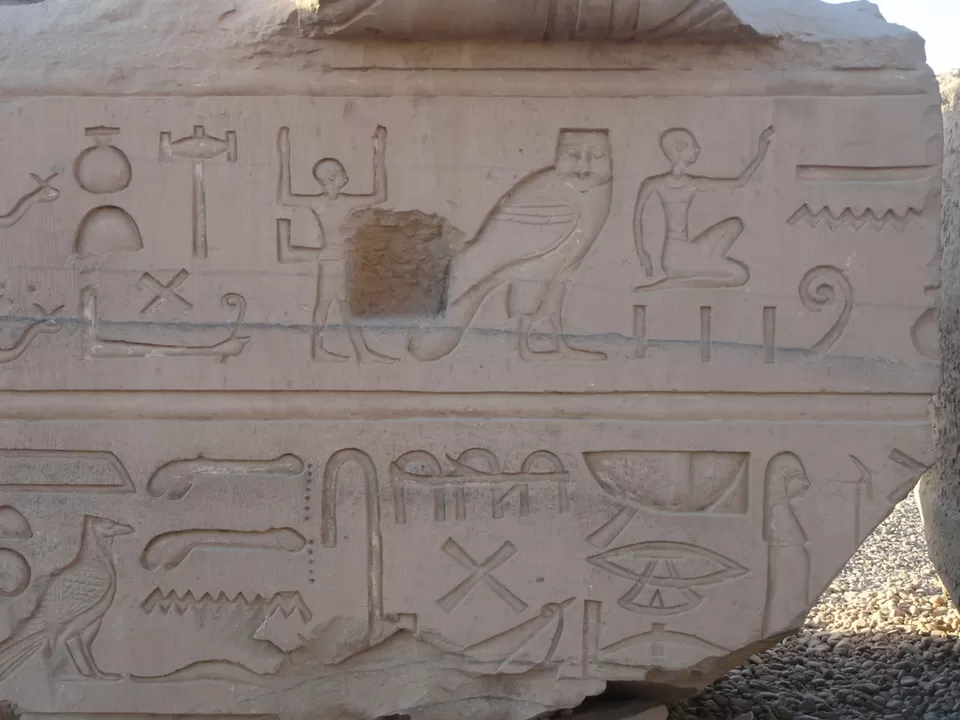
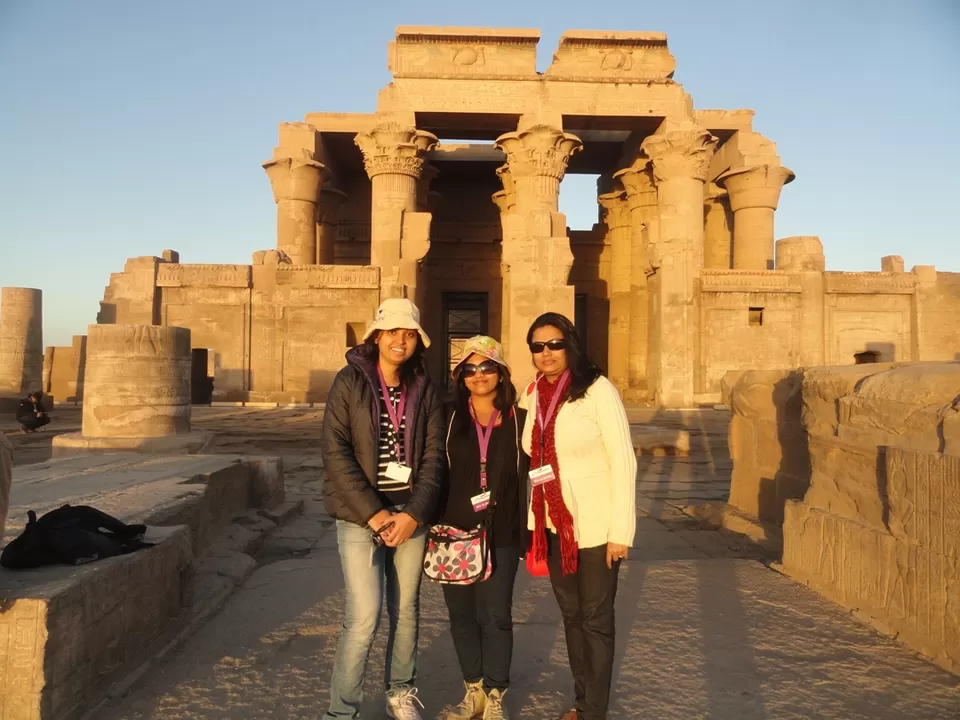
This large temple complex, relocated to the island of Agilika features the magnificent Temple of Isis that was built in the late Ptolemaic and early Roman periods.The temple at Philae was nearly lost under water when the high Aswan dam was built in the 1960s. Fortunately the temple was rescued by a joint operation between the Egyptian government and UNESCO.Every stone block of the temple complex was labelled and removed later to be assembled, like a giant jigsaw puzzle, on the higher ground of Agilka island. The whole project took ten years and has saved one of Egypt's most beautiful temples from certain destruction. The Temple was dedicated to the goddess Isis, the wife of Osiris and mother of Horus. These three characters dominate ancient Egyptian culture .The god Osiris is murdered and dismembered by his brother Seth. Isis searches for the fragments, collects them together and with her magic powers brings Osiris back to life. They then conceive the god Horus. Osiris becomes god of the under world and judge of the dead - who must answer to him for their deeds on Earth. Meanwhile Isis gives birth to Horus and protects the young god. Later when Horus is grown he avenges his father by defeating Seth in combat. Isis is a very important figure in the ancient world. She is associated with funeral rites .She was known as 'Mother of God' and was represented with a throne on her head. During the Roman period her cult spread throughout Greece and the Roman Empire.
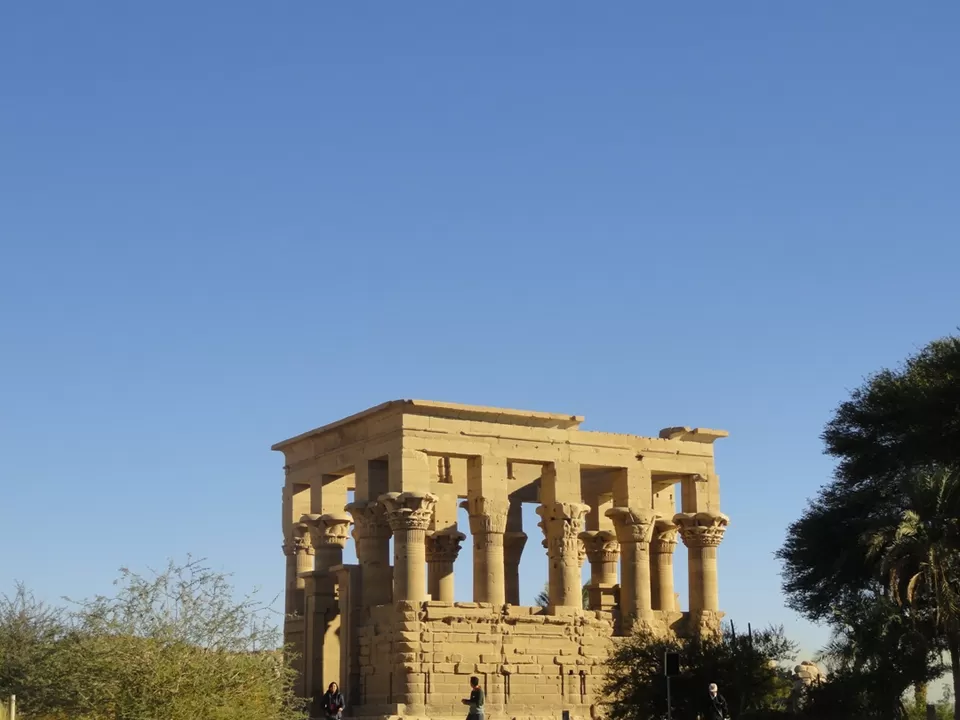
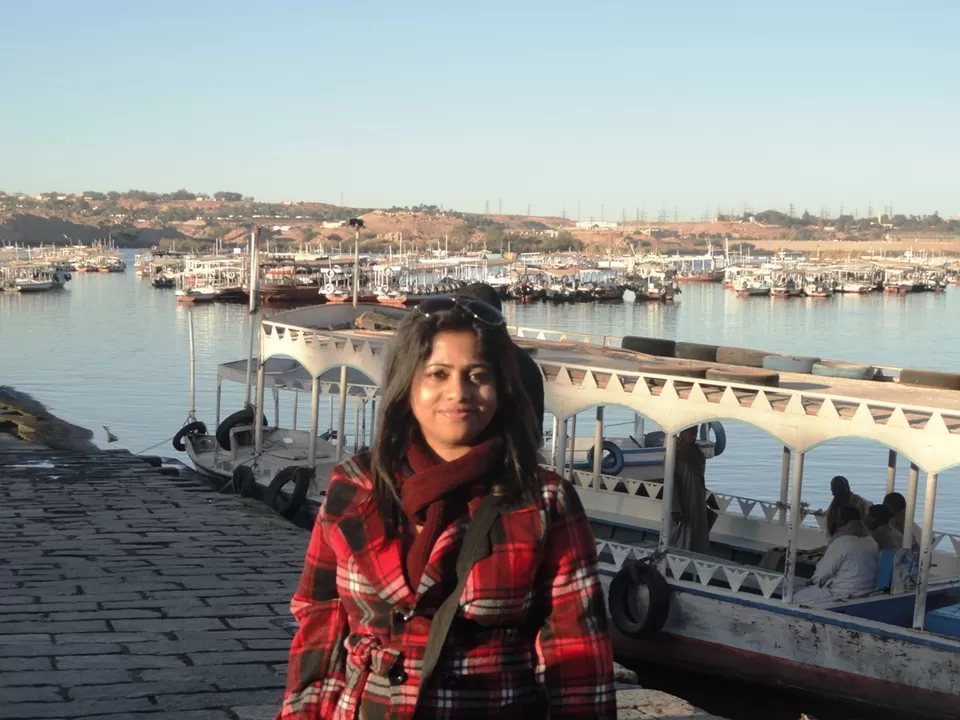
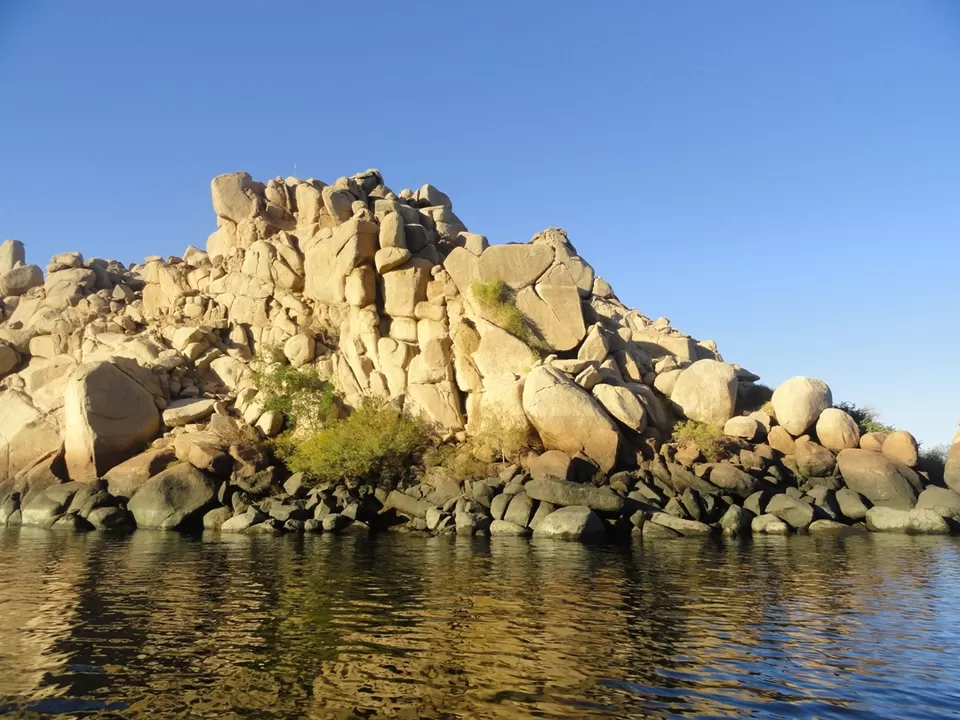
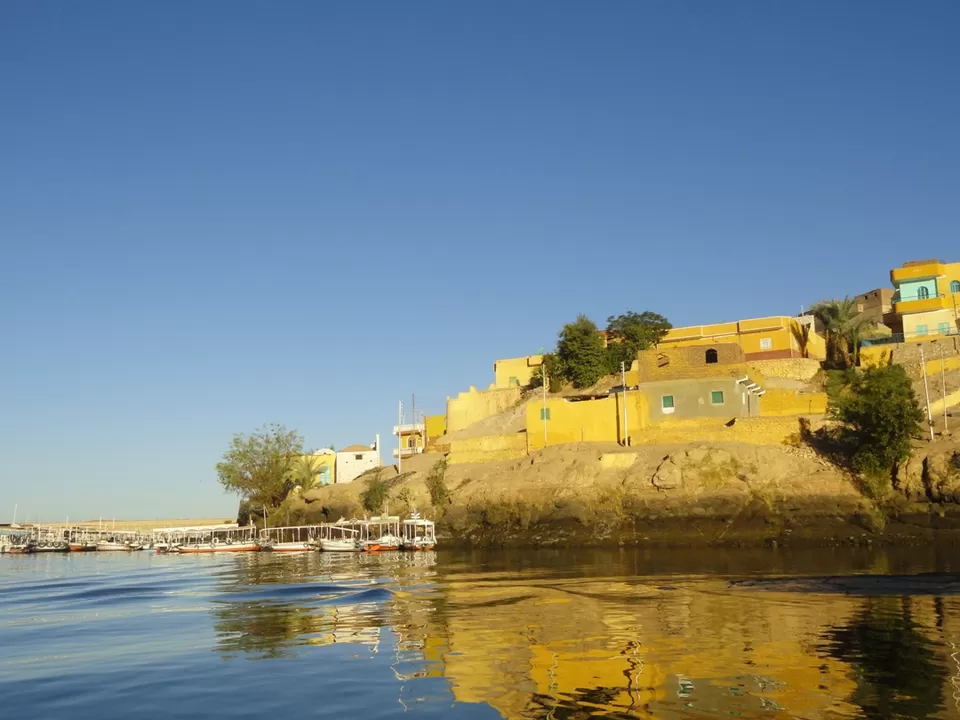
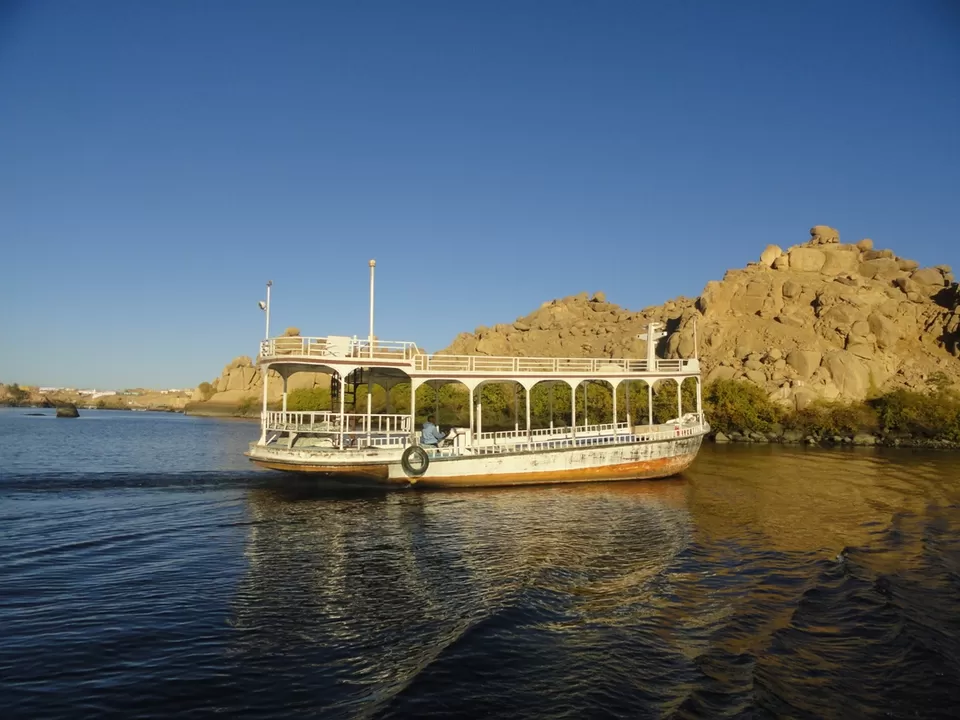
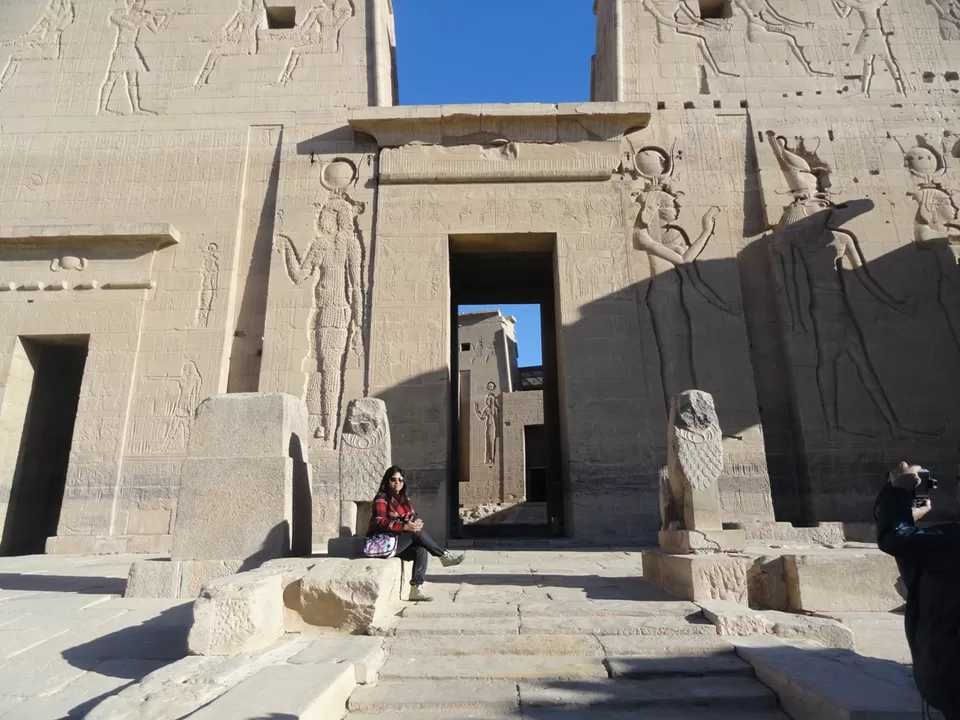
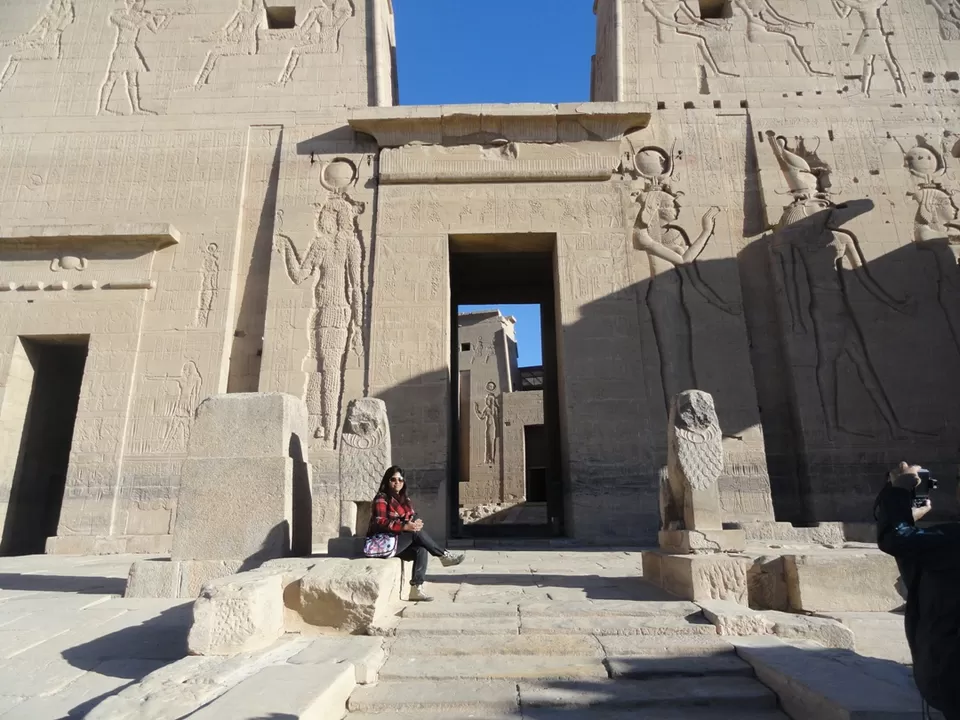
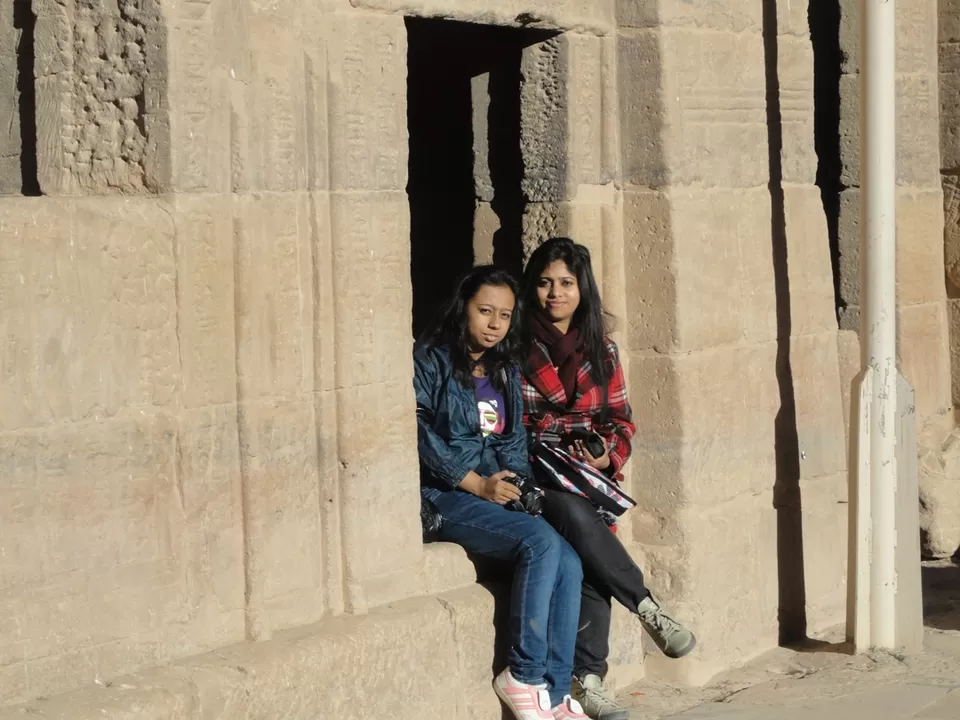
Egypt trip remains incomplete without a visit to Abu Simbel . The temple is located on the Western bank of Lake Nasser .Built during the reign of Ramses II (1279 - 1213 BC) this is considered the grandest and most beautiful of the temples. The Great Temple stands 98 feet high and 115 feet long and the Entrance is flanked by Four colossal 65 feet statues depicting Ramesses II on his throne and wearing the double crown of Upper and Lower Egypt .The interior of the temple is in form of a man-made curve cut out from the living rock and the engravings on the wall speak of of Ramesses' great victory and the events surrounding the battle.Another similar temple in the complex is also notable as Ramses II dedicated this temple to his wife Nefartari . The most remarkable feature of the site is that the temple is precisely oriented so that twice every year, on 22 February and 22 October ,the birth and coronation days of Ramses II, the first rays of the morning sun shine down the entire length of the temple-cave to illuminate the back wall of the innermost shrine and the statues of the four gods seated there .Because of their remote location near the Sudanese border in sourthern Egypt, the temples were unknown until their rediscovery in 1813. They were first explored in 1817 by the Egyptologist Giovanni Battista Belzoni.
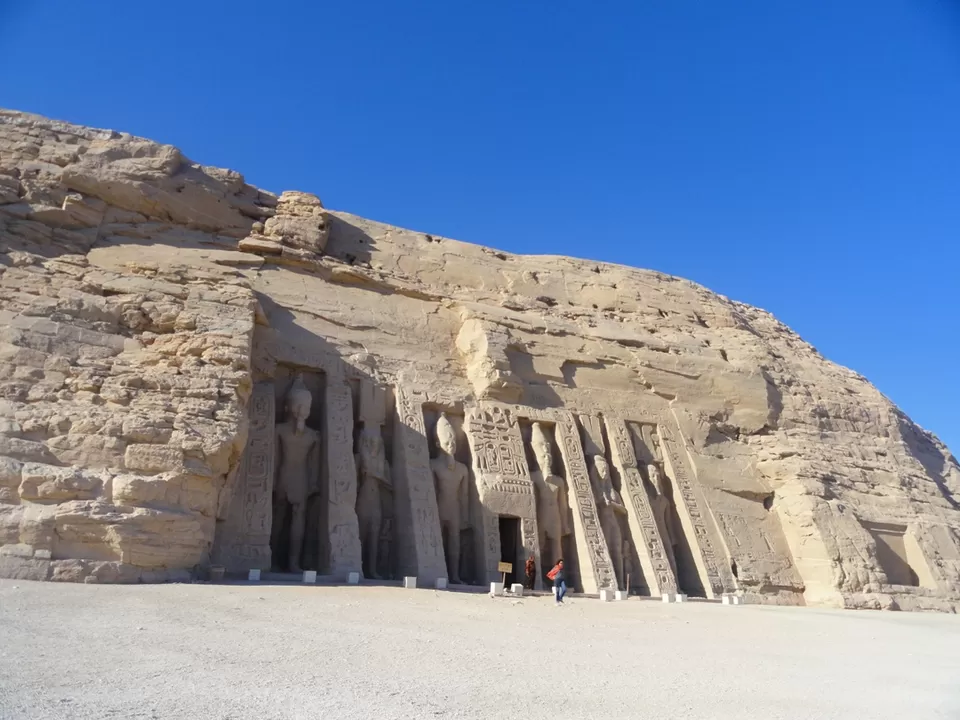
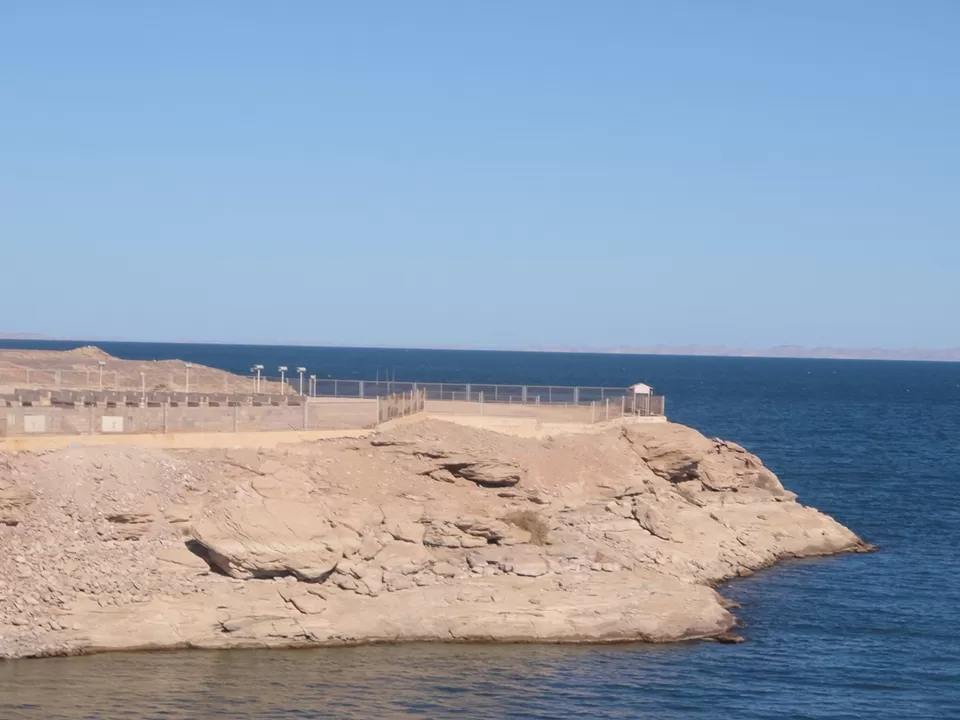
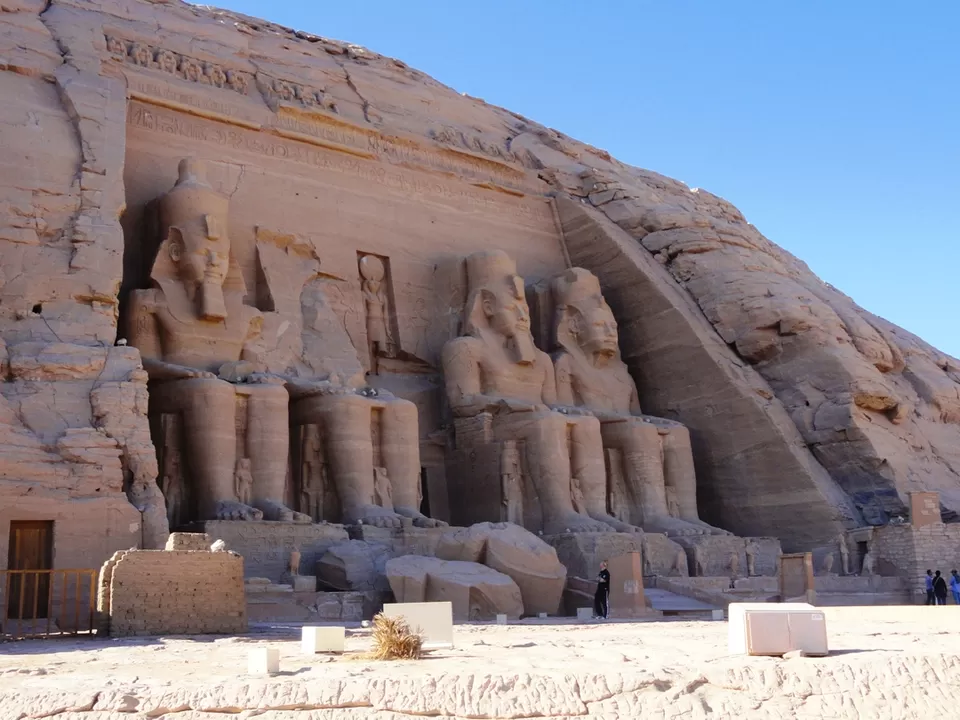
The Egyptian Museum of Antiquities contains many important pieces of ancient Egyptian history. It houses the world’s largest collection of Pharaonic antiquities, and many treasures of King Tutankhamen. There are two main floors in the museum, the ground floor and the first floor. On the ground floor there is an extensive collection of papyrus and coins used in the Ancient world. Also on the ground floor are artifacts from the New Kingdom, the time period between 1550 and 1069 BC. Those items include statues, tables, and coffins .On the first floor there are artifacts from the final two dynasties of Egypt, including items from the tombs of the Pharaohs Thutmosis III, Thutmosis IV, Amenophis II,Hatshepsut, and the courtier Maiherpri, as well as many artifacts from the Valley of the Kings, in particular the material from the intact tombs of Tutankhamun .Two special rooms contain a number of mummies of Pharaohs and other royal family members of the New Kingdom.You will find the mummies of the following Pharaohs .1. Tutmosis I2. Tutmosis II3. Tutmosis III4. Tutmosis IV5. Seti I6.Amenhotep 17. Amenhotep II8. Hatshepsut9.Ramses II10 . Merenptah (Son of Ramses II)After hearing so much about these Pharaohs when I saw the 3000-4000 year old mummies I was too shocked to believe my eyes.This is surely an experience to remember.
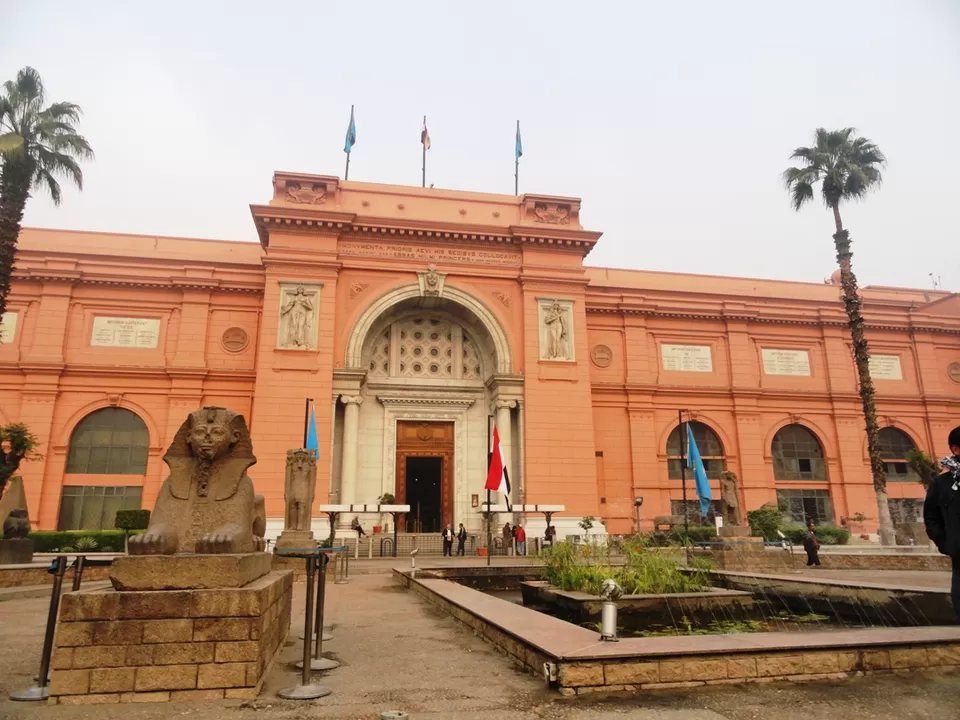
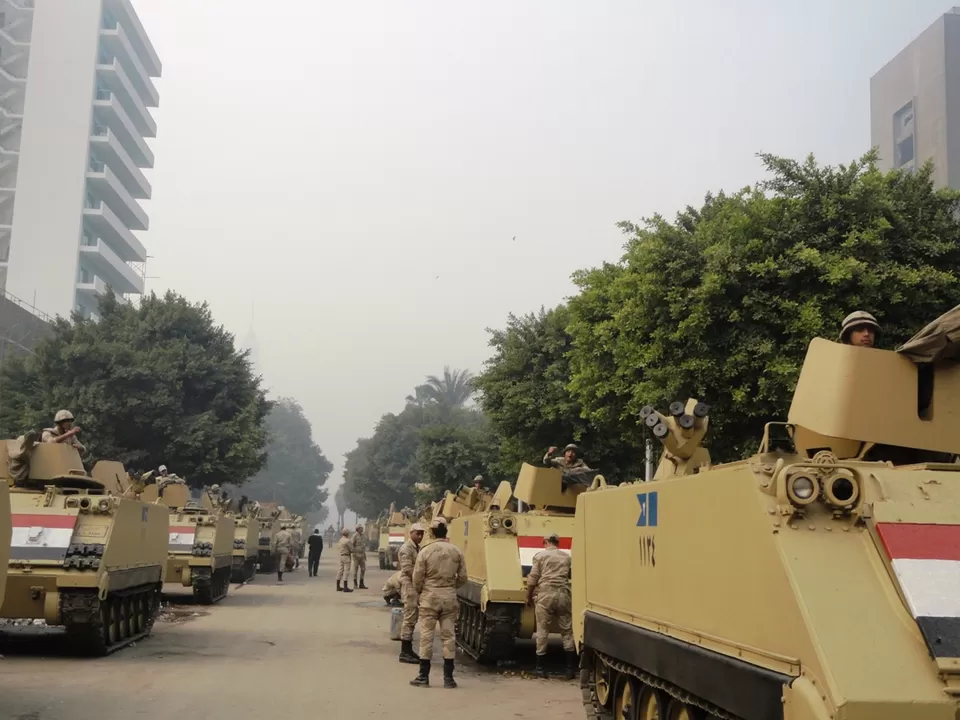
Located in the heart of Islamic Cairo , the Khal al Khalili market dates back as far as 1382. This busy and colorful open-air bazaar has 900 shops filled with unique and exotic items that includes glassware, brassware , perfume and jewellry and souvenirs.
